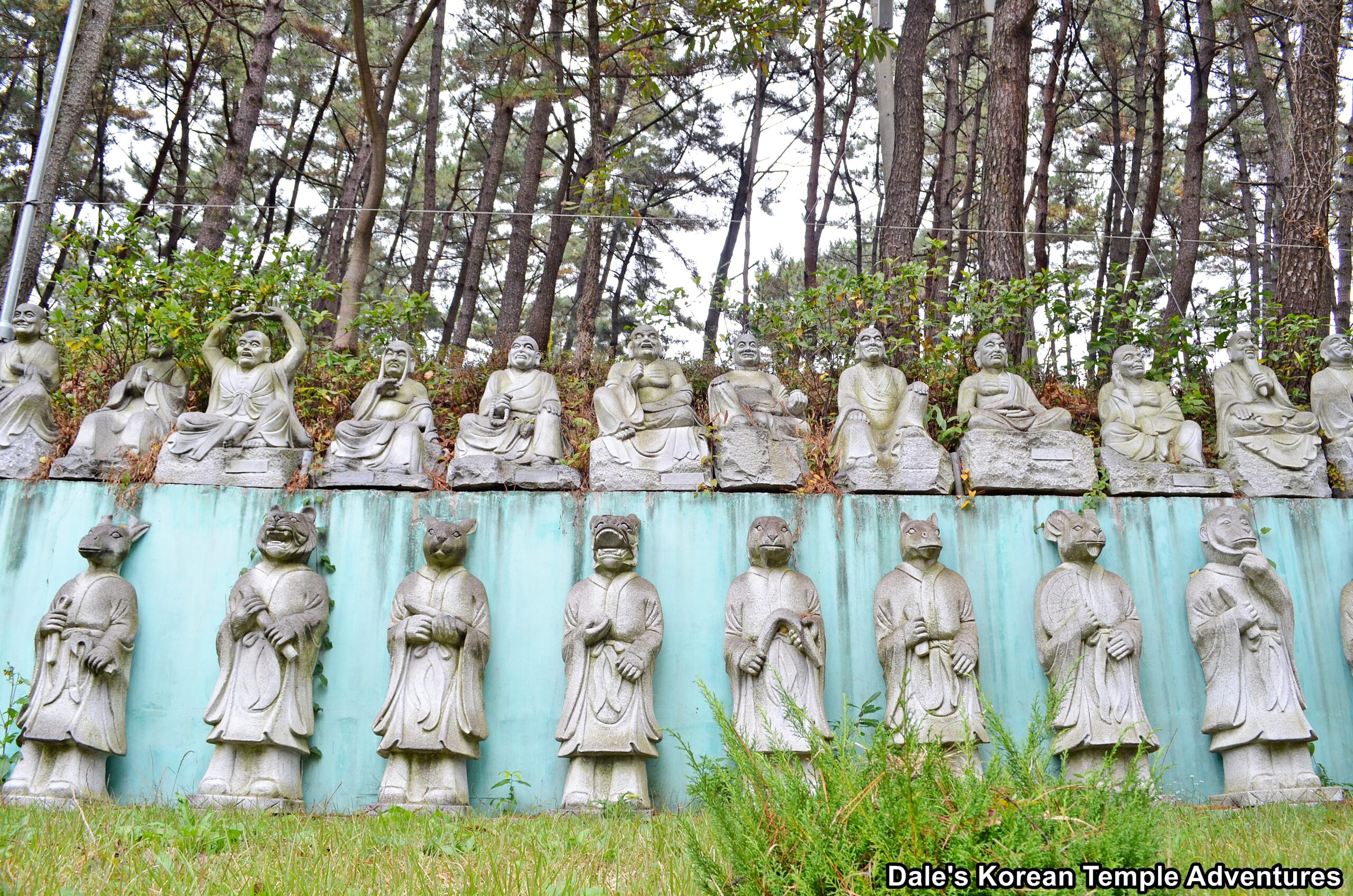Sibiji-shin – The Twelve Spirit Generals: 십이지신
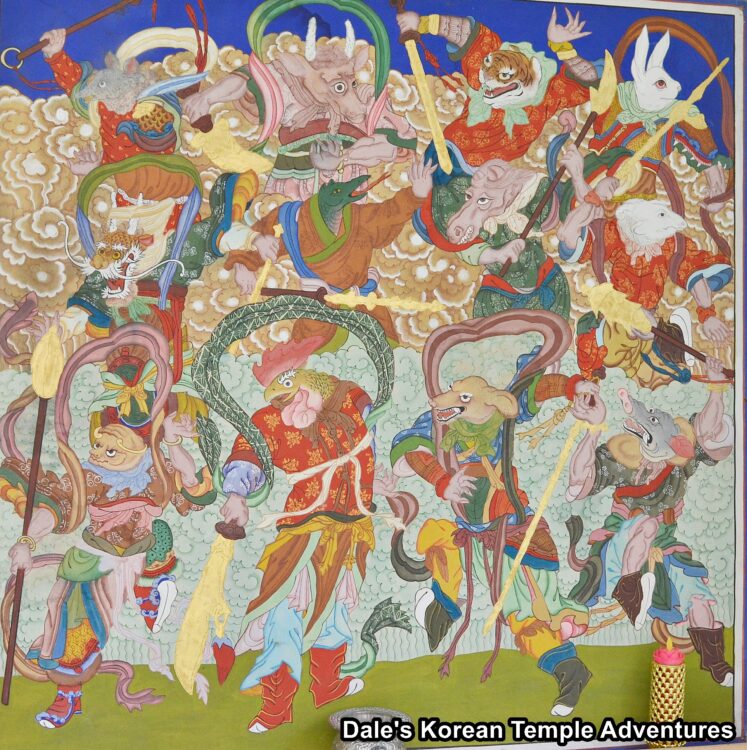
Introduction
One of the more common things to greet you at a Korean Buddhist temple, in one form or another, are the twelve Zodiac animals; which, in Buddhism, they’re known as The Twelve Spirit Generals. In Korean, they’re known as the Sibiji-shin – 십이지신. And they come in many forms at a Korean Buddhist temple. They can appear as shrine hall paintings, statues, or even adorning pagodas. However, the way that they appear at a Korean Buddhist temple are special to Korean Buddhism. So what are they? What do the Twelve Spirit Generals look like? And why are they located at Korean Buddhist temples?
The Twelve Spirit Generals
While the Korean Buddhist Zodiac animals are the same as the Zodiac in the West, they are known as the Twelve Spirit Generals in Korean Buddhism. Each of the Twelve Spirit Generals are distinguished by their own Sanskrit names. Below, you will find a table distinguishing each Zodiac animal, Sanskrit and Korean names, as well as each Zodiac animal personality trait.
| Zodiac Animal | Sanskrit Name | Korean Name | Animal Personality Traits | |
 | Rat | Catura | 쥐띠 (Jwi-ddi) | Quick-witted, smart, charming, and persuasive |
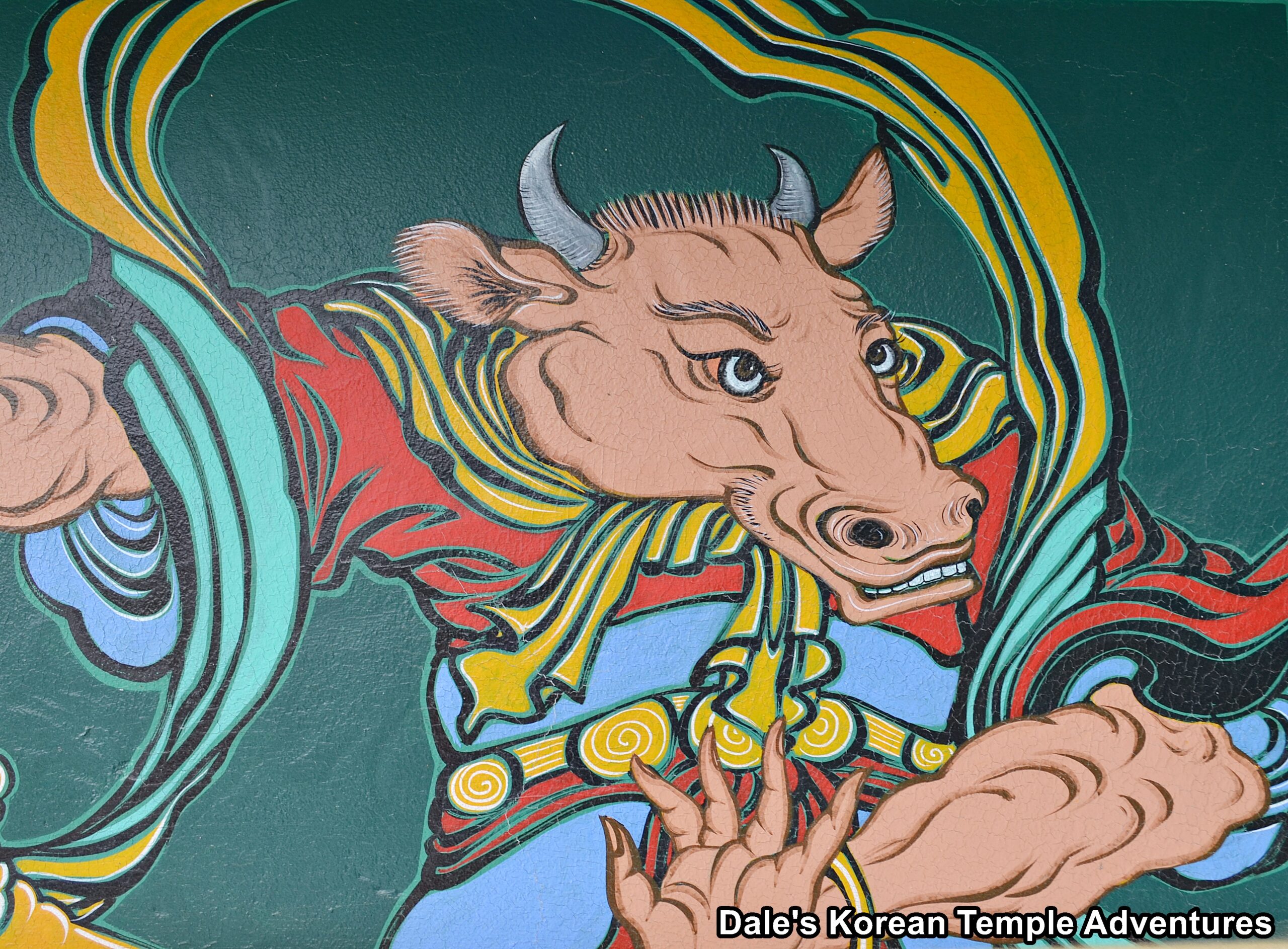 | Ox | Vikarala | 소띠 (So-ddi) | Patient, kind, stubborn, and conservative |
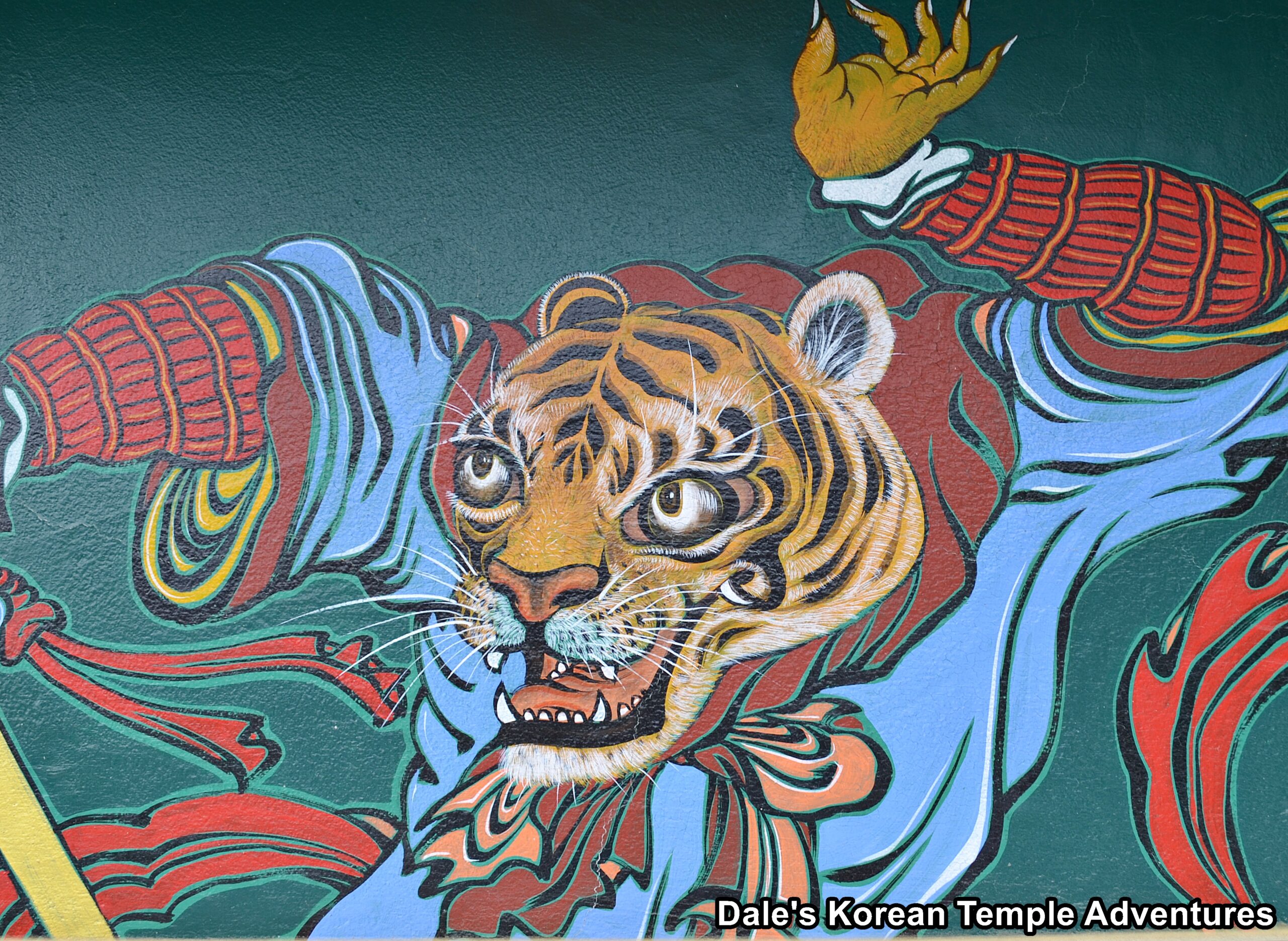 | Tiger | Kumbhira | 호랑이띠 (Horangi-ddi) | Authoritative, emotional, courageous, and intense |
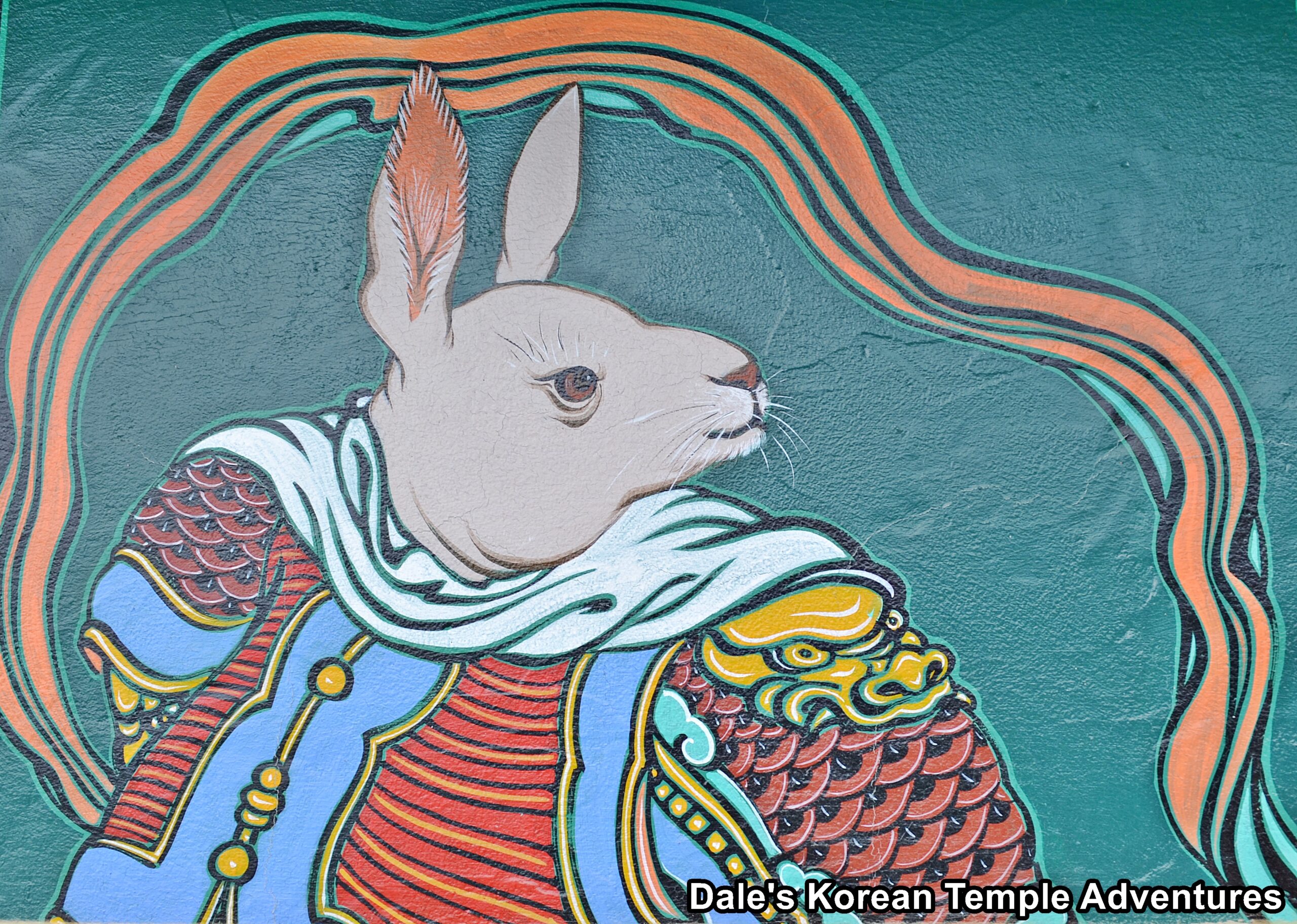 | Rabbit | Vajra | 토끼띠 (Toggi-ddi) | Popular, compassionate, and sincere |
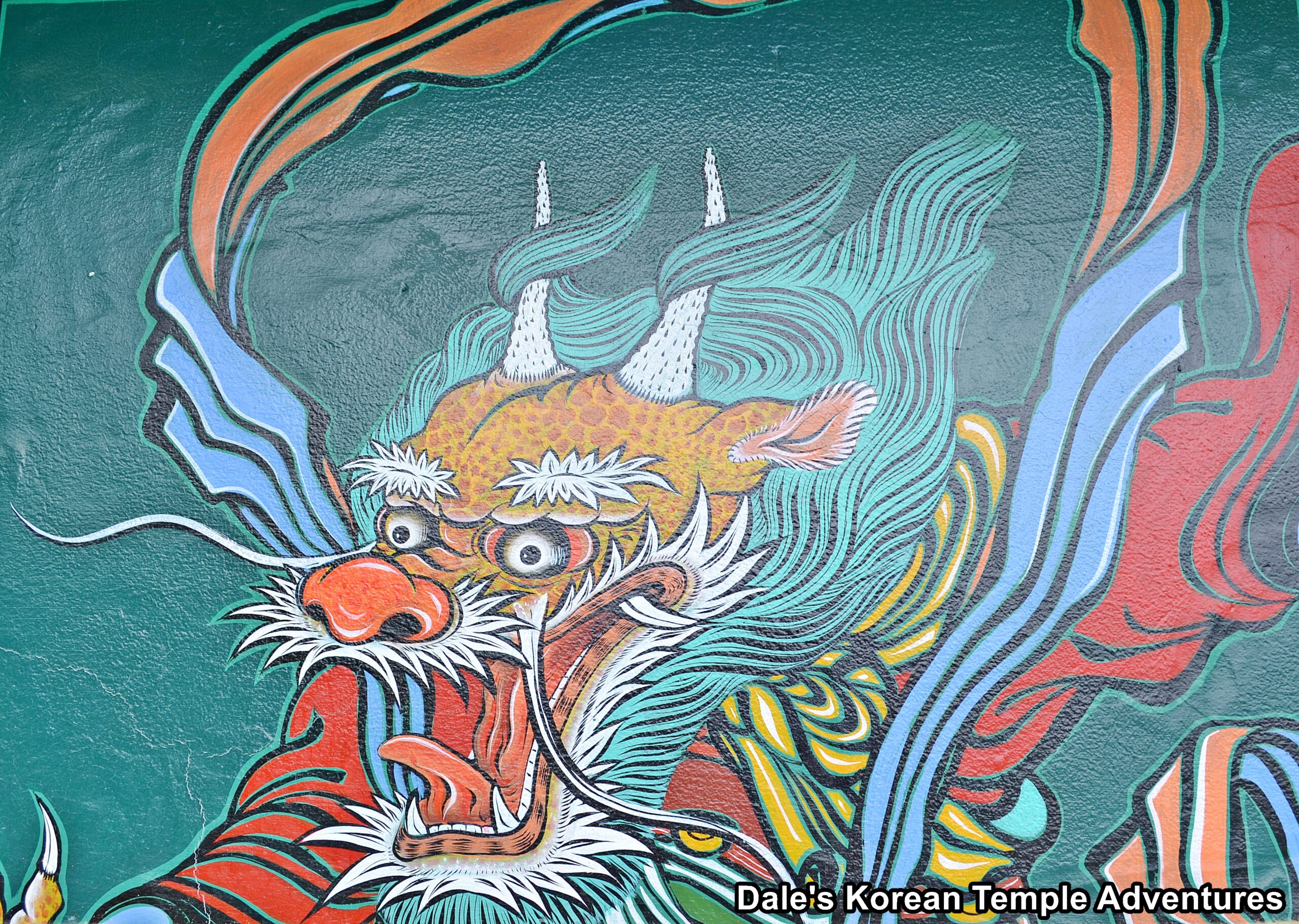 | Dragon | Mihira | 용띠 (Yong-ddi) | Energetic, fearless, warm-hearted, and charismatic |
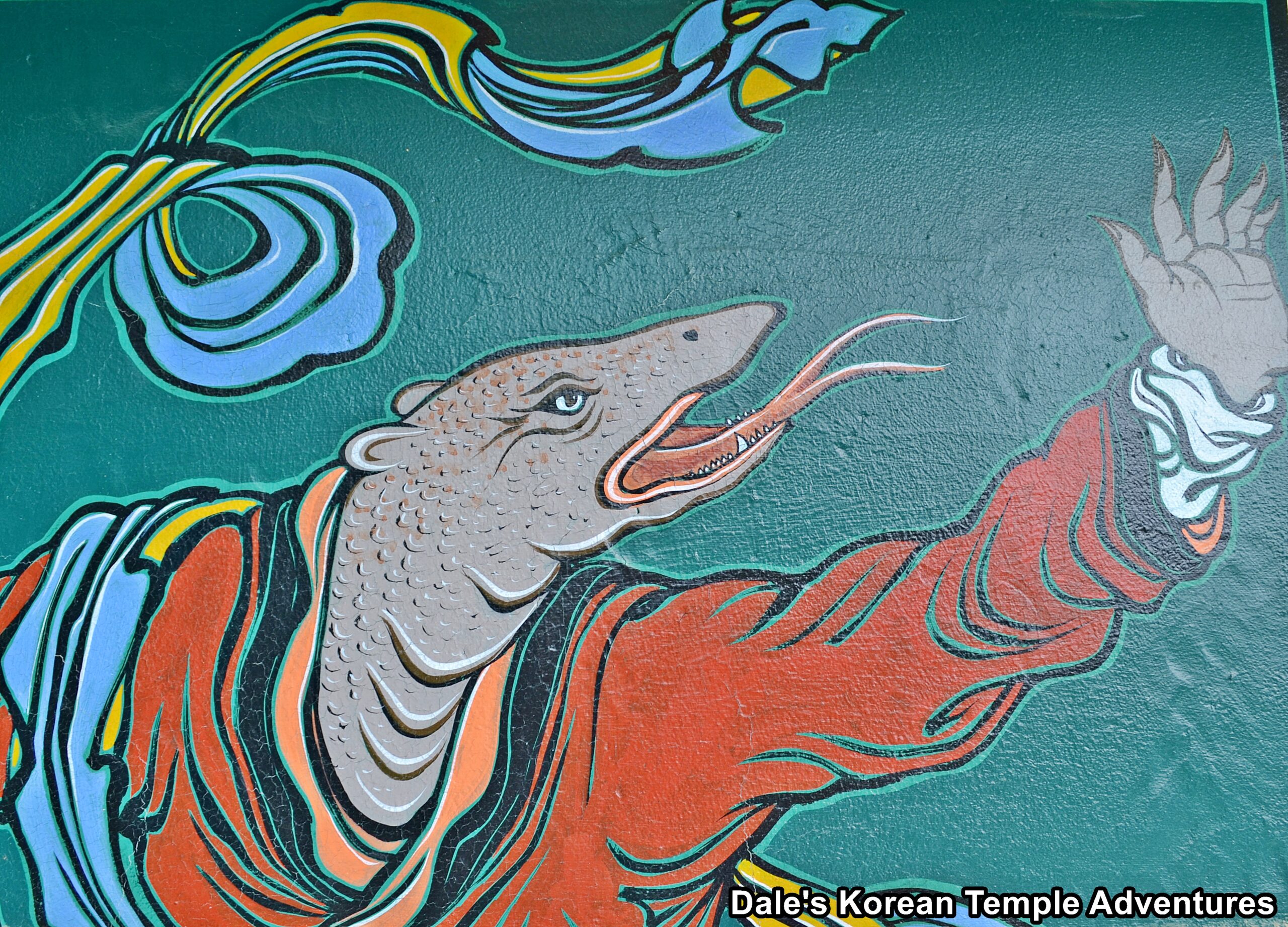 | Snake | Andira | 뱀띠 (Baem-ddi) | Charming, gregarious, introverted, generous, and smart |
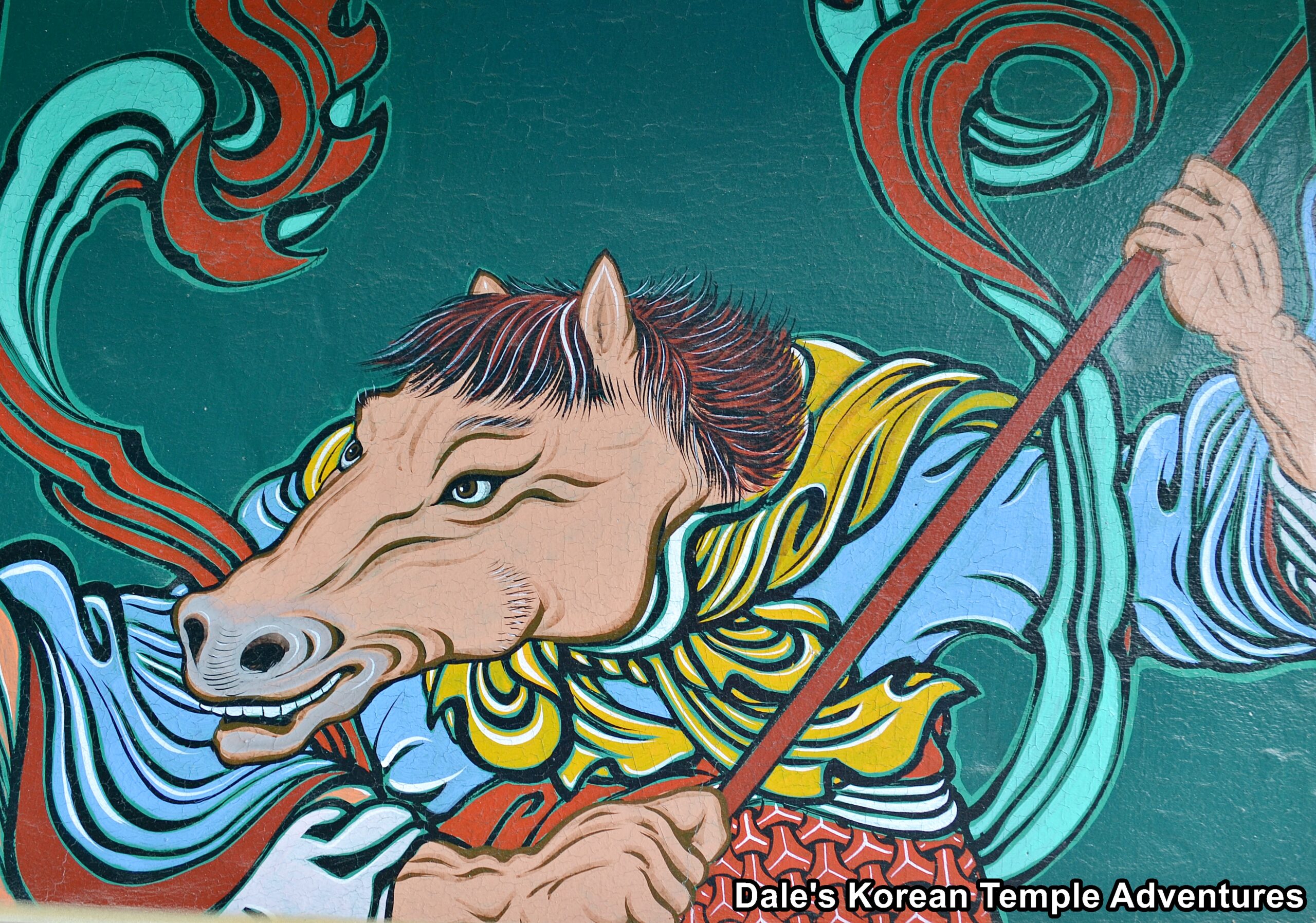 | Horse | Manera | 말띠 (Mal-ddi) | Energetic, independent, impatient, and enjoy traveling |
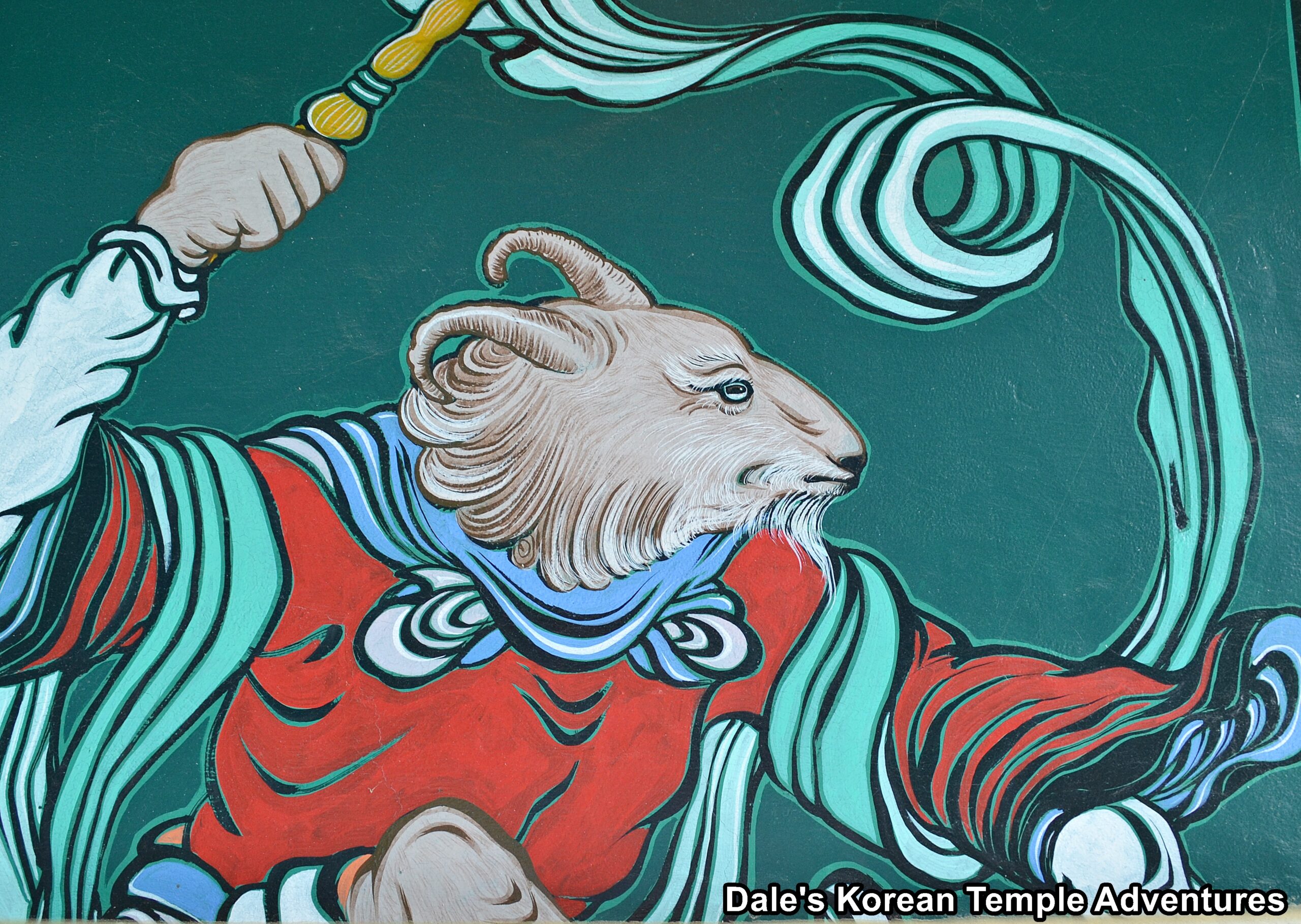 | Sheep | Sandila | 양띠 (Yang-ddi) | Mild-mannered, shy, kind, and peace-loving |
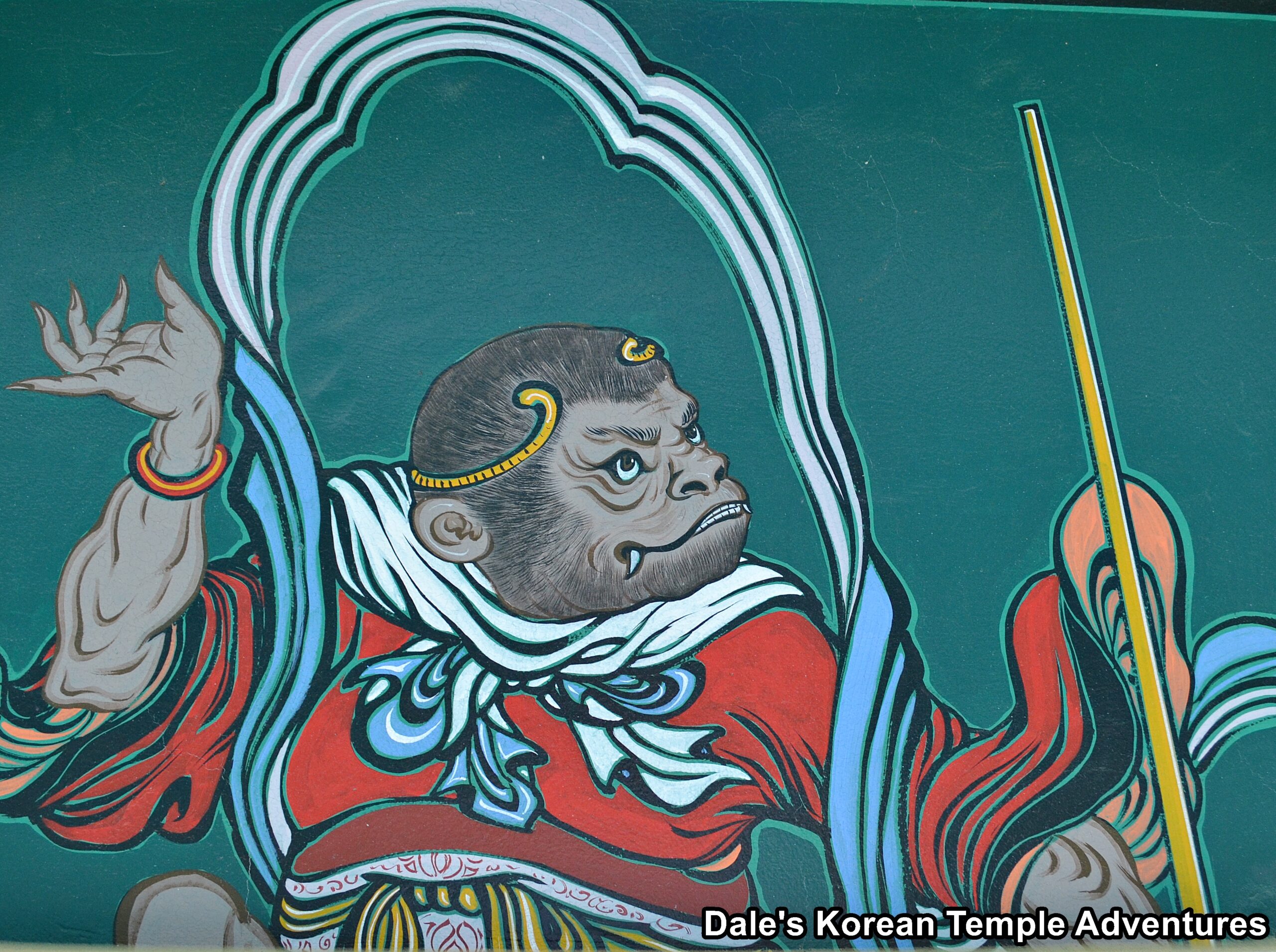 | Monkey | Indra | 원숭이띠 (Wonsungi-ddi) | Fun, energetic, and active |
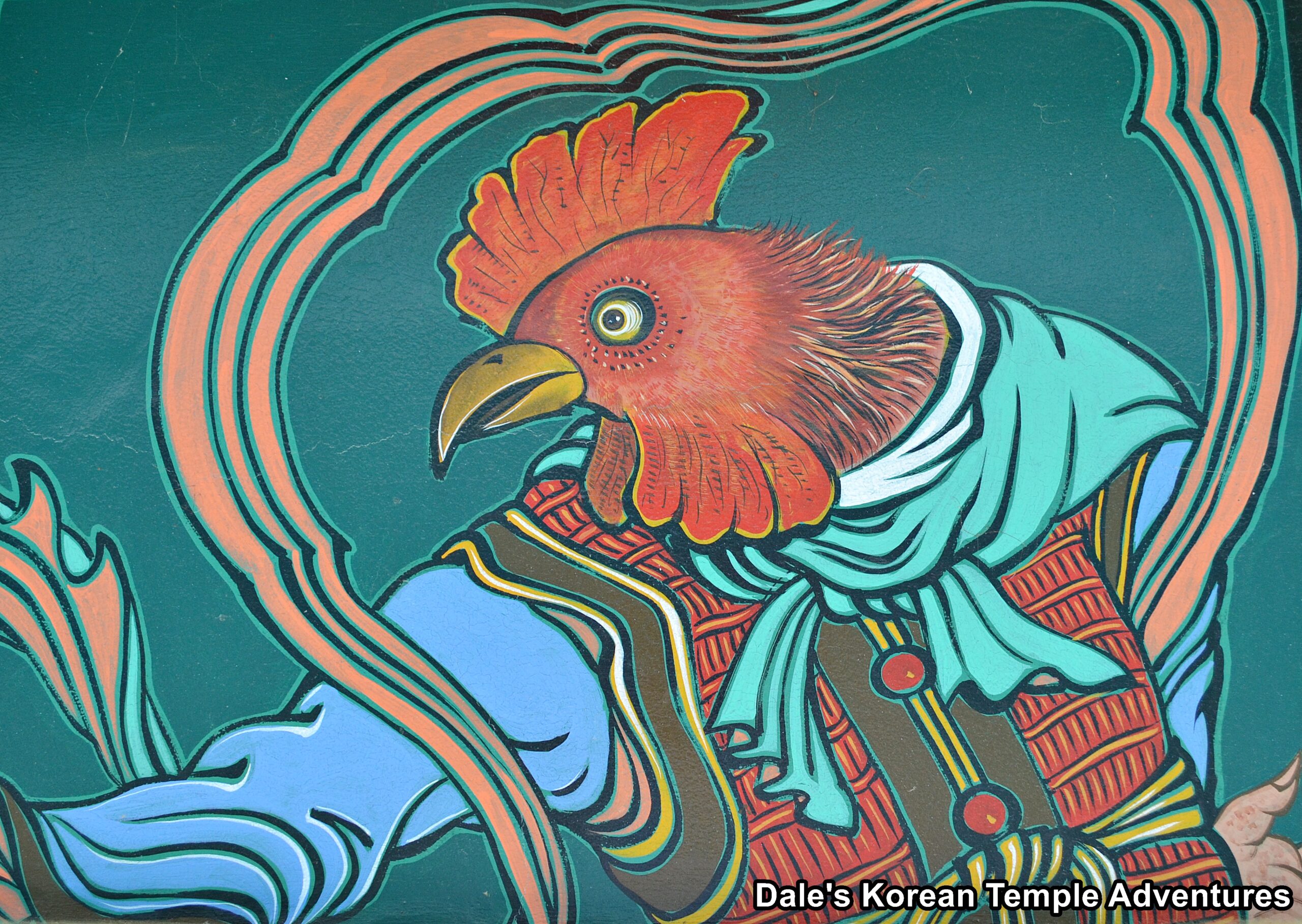 | Rooster | Pajra | 닭띠 (Dak-ddi) | Independent, practical, hard-working, and observant |
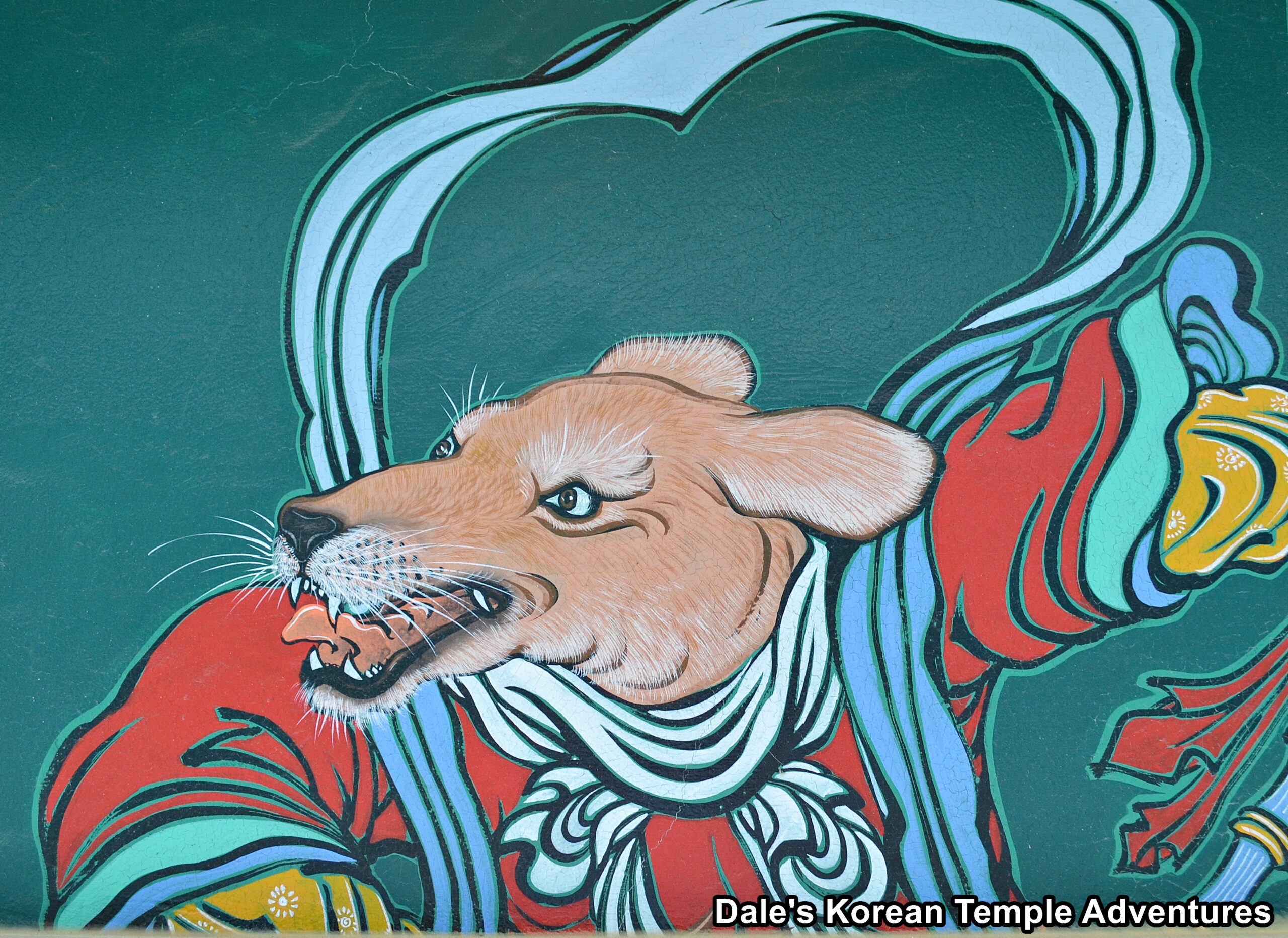 | Dog | Mahoraga | 개띠 (Gae-ddi) | Patient, diligent, generous, faithful, and kind |
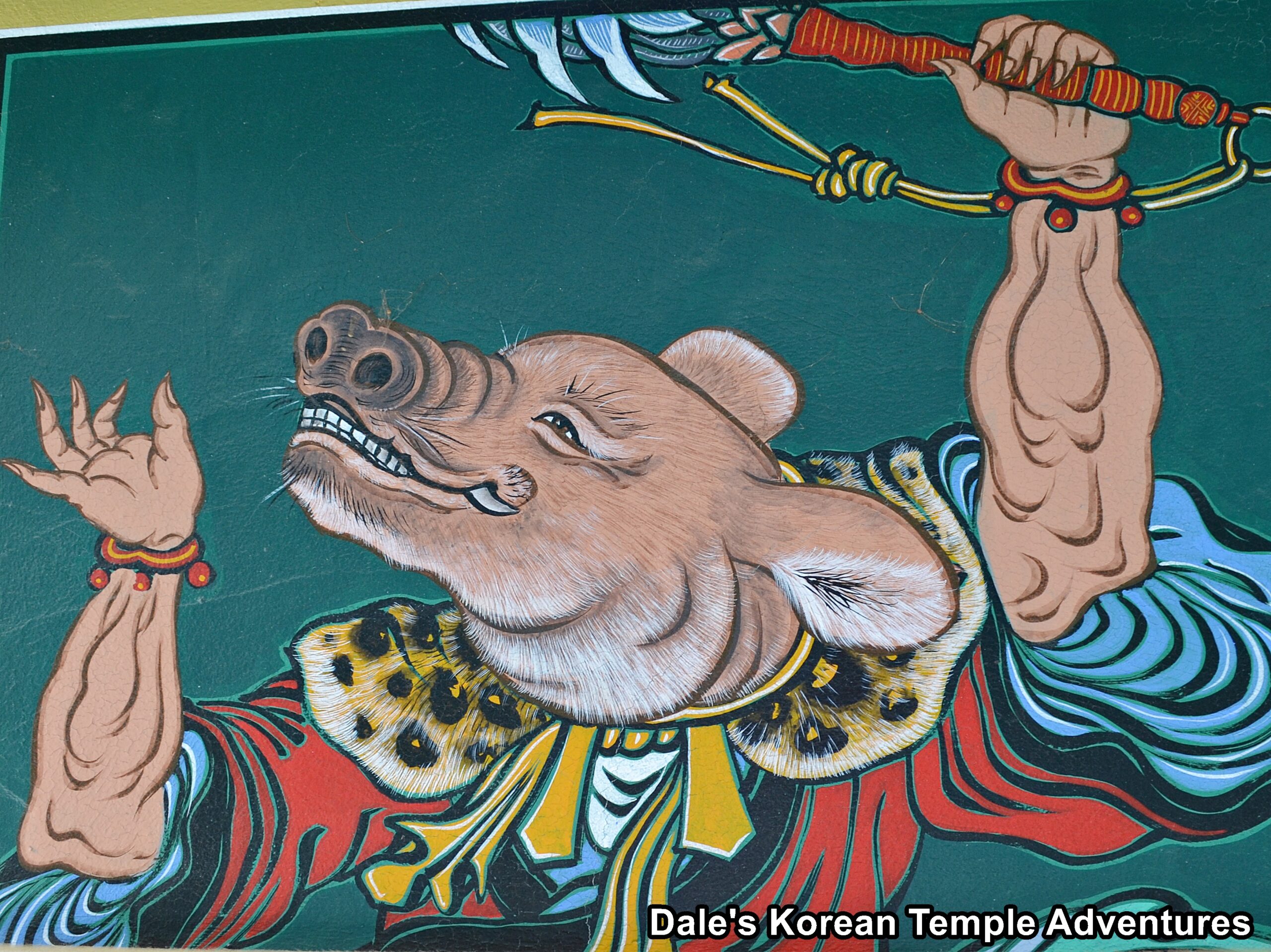 | Pig | Kinnara | 돼지띠 (Douiji-ddi) | Loving, tolerant, honest, and appreciative of luxury |
The History of the Twelve Spirit Generals
The Zodiac signs have a long history in many cultures. In China, where the Zodiac is believed to have originated, evidence supports the claim that they predate Buddhism in China. The Zodiac took the form of local animals that were familiar to the Chinese people. The Zodiac were based on Chinese cosmology; and as a result, they grew more elaborate in time, as well as, in popularity. The Zodiac were used to count the years, months, days, and hours to help predict the future, tell fortunes, and to determine a person’s personality based upon the year one was born and the animal assigned to that given year. And because of its importance in China, it helped allow the Zodiac to spread to other neighbouring countries like Korea and Japan. For many centuries, the Zodiac served as the preeminent calendar in Asia.
There are a couple stories as to how the Zodiac came to be and in which order they would be designated. One tale describes how there was a contest between the twelve animals to determine their order. It was decided by the King of Heaven that there would be a contest. In this contest, the twelve animals would swim across a river. Each final placement of the twelve animals would be based upon which order they reached the opposite side of the riverbank. The ox, who was the most diligent among the twelve animals, had the rat jump onto its back unbeknownst to the ox. However, according to other tales the ox generously agreed to give the rat a ride across the river because it was the smallest and weakest of the twelve animals. Either way, as they approached the opposite riverbank, the rat jumped off the ox’s head and gained first place among the twelve animals with the ox coming in second place. And less surprising, the pig came in last.
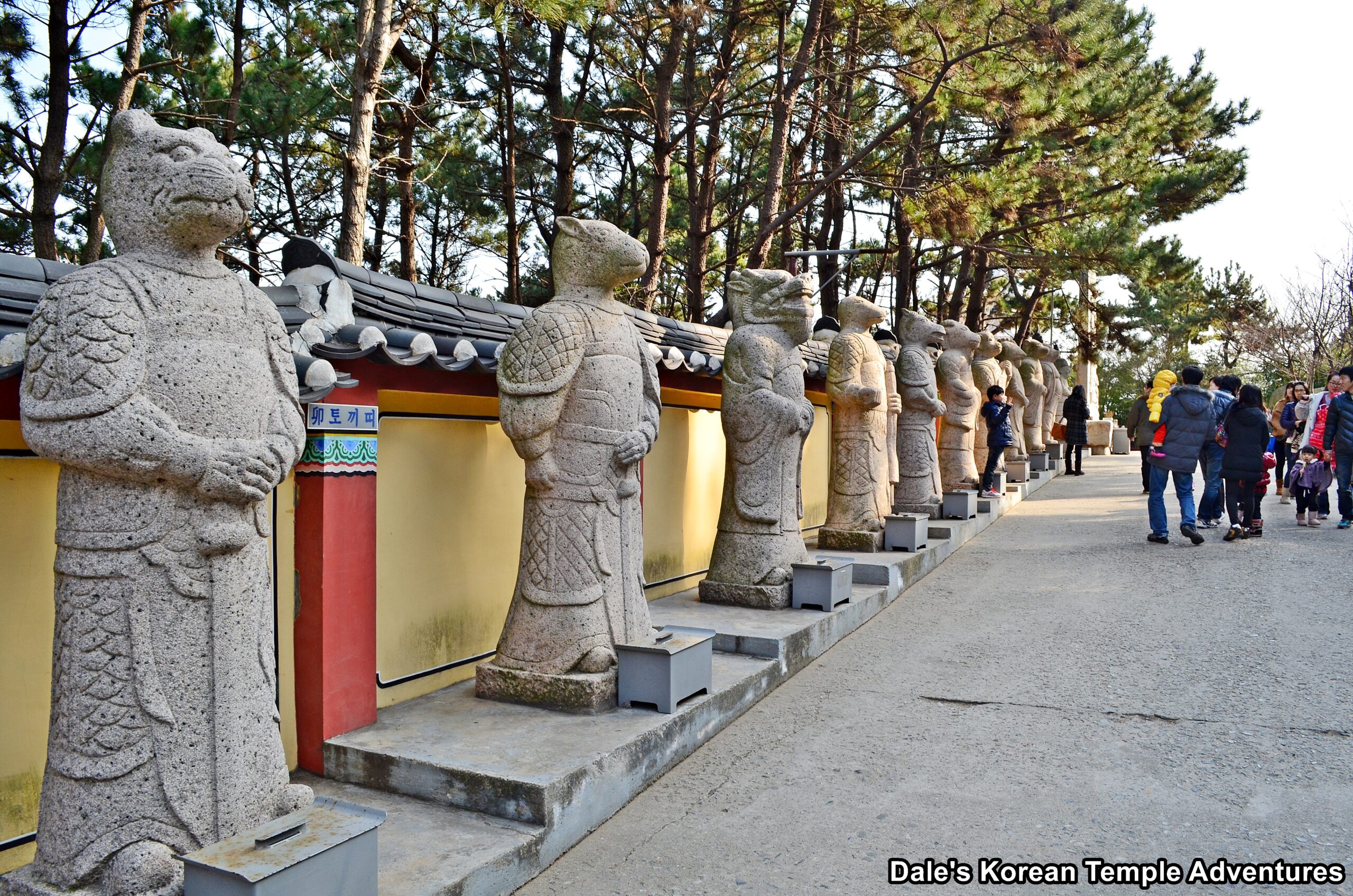
Another tale describes how the King of the Heaven had never visited Earth before, having ruled over Heaven and Earth for many years. Growing curious, the King of Heaven wanted to see the animals that populated Earth. As a result, he asked all the animals to visit him in heaven by first arriving at the celestial gate. So after considering the way in which the King of the Heaven would see the animals on Earth, he announced that each position would be determined by when the animals first arrived at the celestial gate on the first day of the first lunar month. Upon hearing this, each animal started to train to become faster. The ox worked the hardest. The rat, on the other hand, knowing that it was the smallest and weakest among its fellow animals, knew that it couldn’t be first at the celestial gates. So instead, the rat decided to attach itself to the body of the ox. When the day came for the great race, all of the animals raced towards the celestial gate. The ox, because of its hard work, was first. But just before arriving at the celestial gate, the rat jumped off the ox’s body and passed through the celestial gate first. The ox was really angry, but it still second place.
And yet another legend about the twelve Zodiac relates to the different animals anatomy and the different personality traits that they possess. There’s another tale relating to the order of the Zodiac animals, which is based, supposedly, on the number of toes of each animal. And yet another tale describes the order of each of the animals based upon the most active part of the day for the given animals. So, for example, the hour of the rat falls between 11 p.m. and 1 a.m., which is when these nocturnal animals are most active.
Originally, the Eastern Zodiac was first based upon the constellations. This helped to record the patterns of the natural cycle of the Earth including the changes in the season. During the mid-Han Dynasty (202 B.C. – 220 A.D.), there was a shift in meaning. Instead of being closely related to the stars, the Zodiac now became focused on the idea of time and direction. This new arrangement was first written down in the Lunheng, or Discussion and Examination in English, which was written by Wangchong of Later Han. It was also at this time that the twelve Zodiac animals came to be organized with personality traits associated with each of the Zodiac animals.
Traditionally in Korean culture, the Zodiac were related to the New Year. Koreans would put up paintings and/or drawings on the inner or outer walls of their homes or businesses to help protect them against evil spirits. Also, Koreans would make their New Years resolution based on the Zodiac sign for the upcoming year. So, for example, if it was the year of the tiger, Koreans would pray to be courageous.
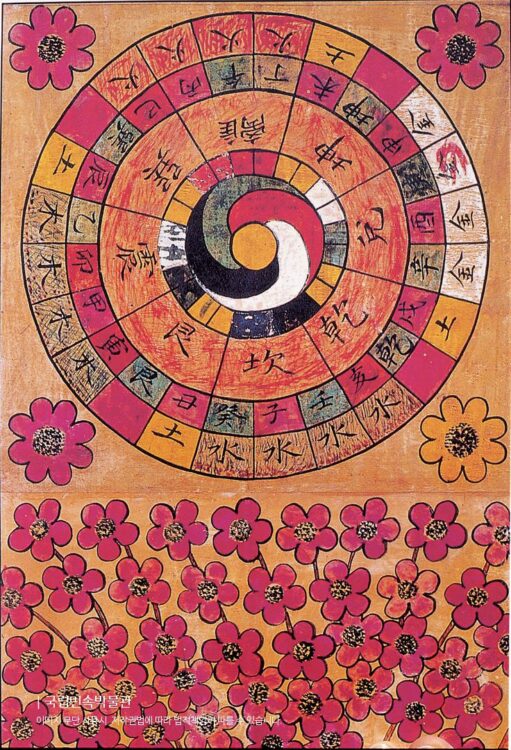
Furthermore, and according to the Dongguk Sesigi – 동국세시기, which means A Record of Seasonal Customs in Korea in English, it discusses how the Korean people of the late Joseon Dynasty (17th century to 1910) performed several seasonal customs according to the days of the twelve Zodiac animals. This text was written in 1849, and one of the days it discusses is Sanghae Sangjail – 상해․상자일, which means High Pig and High Rat Day in English. Another day it discusses is the Myoil Sail – 묘일 사일, which literally means Rabbit and Snake Day in English. There are a couple other days that the text describes like the Mochungil – 모충일 (Days of Fur and Furless Animals), and Sinil – 신일 (The Day of Restraint).
An example discussed in the book relating to the High Pig and High Rat Days describes “In the old Korean festival several hundred court eunuchs walk in a line around the place dragging the torches behind them and shouting ‘Let the pig be scorched! Let the rat be scorched!’ The king prays for a good harvest by presenting Pig Pouches and Rat Pouches filled with singed grains to the ministers and secretaries. On the first Rat Day, there is a practice among the common people in which rats are actually burned with a torch. There is also a belief that washing one’s face with bean powder would help whiten it.”
Another example discussed in A Record of Seasonal Customs in Korea is Rabbit Day and Snake Day. During Rabbit Day celebrations, people would make cotton thread, which they called “rabbit thread.” They would then carry it around with them in the belief that it would help prevent misfortune. It was also considered bad luck if they had a visitor from outside the family on that day, or if a female entered a house first, or if a wooden object was brought to their home. And on Snake Day celebrations, people would refrain from combing their hair. It was feared that if they did in fact comb their hair, a snake would enter into their homes.
Historically, and according to A Record of Seasonal Customs in Korea, once more, the people of the ancient capital of Unified Silla (668-935), Gyeongju, would behave on the year’s first Rat Day, Dragon Day, Horse Day, and Pig Day with the greatest care. According to historical records, this custom grew out of a historical event. One day, King Soji of Silla (r. 479-500) was able to escape his own murder on the fifteenth day of the first lunar month in the 10th year of his reign thanks to the omens given by each of these four animals.
The Zodiac played an integral part in the daily life of the Chinese. And as it moved eastwards, it became an integral part of all those that this ideology and belief system came into contact with like the neigbouring Koreans and Japanese. It would play a central role in the calendar, harvesting, and one’s luck. It’s no wonder, and much like the absorption of Korean shamanism, how the Zodiac would soon become an integral part of Buddhism, and Korean Buddhism in particular. Buddhism, as it traveled eastward, attempted to curry favour with the locals. And the Zodiac would be no different.
The Zodiac and Buddhism
There are twelve Zodiac animals. And of these twelve, there are eight Buddhas or Bodhisattvas that protect the twelve Zodiac animals. Each Buddha or Bodhisattva protects either one or two of the Zodiac animals. This grouping most likely first took form in China. And it gained in popularity in Japan during the Edo Period (1603-1867). Not only does each animal represent a given year like 2021 being the year of the Ox, but each animal represents one of the four compass semi-directions or directions. They also represent a day in the twelve day cycle, as well as a two-hour period of each day. For example, the day starts at twelve midnight, which corresponds to the Rat. As for the compass, the Rat represents the north. And every thirty degrees clockwise, the Zodiac animal changes to a new one.
As for which Zodiac animal is protected by which of the eight Buddhas or Bodhisattvas, here is a corresponding list of each:
| Zodiac Sign (and compass direction) | Buddhist Guardian | Year | |
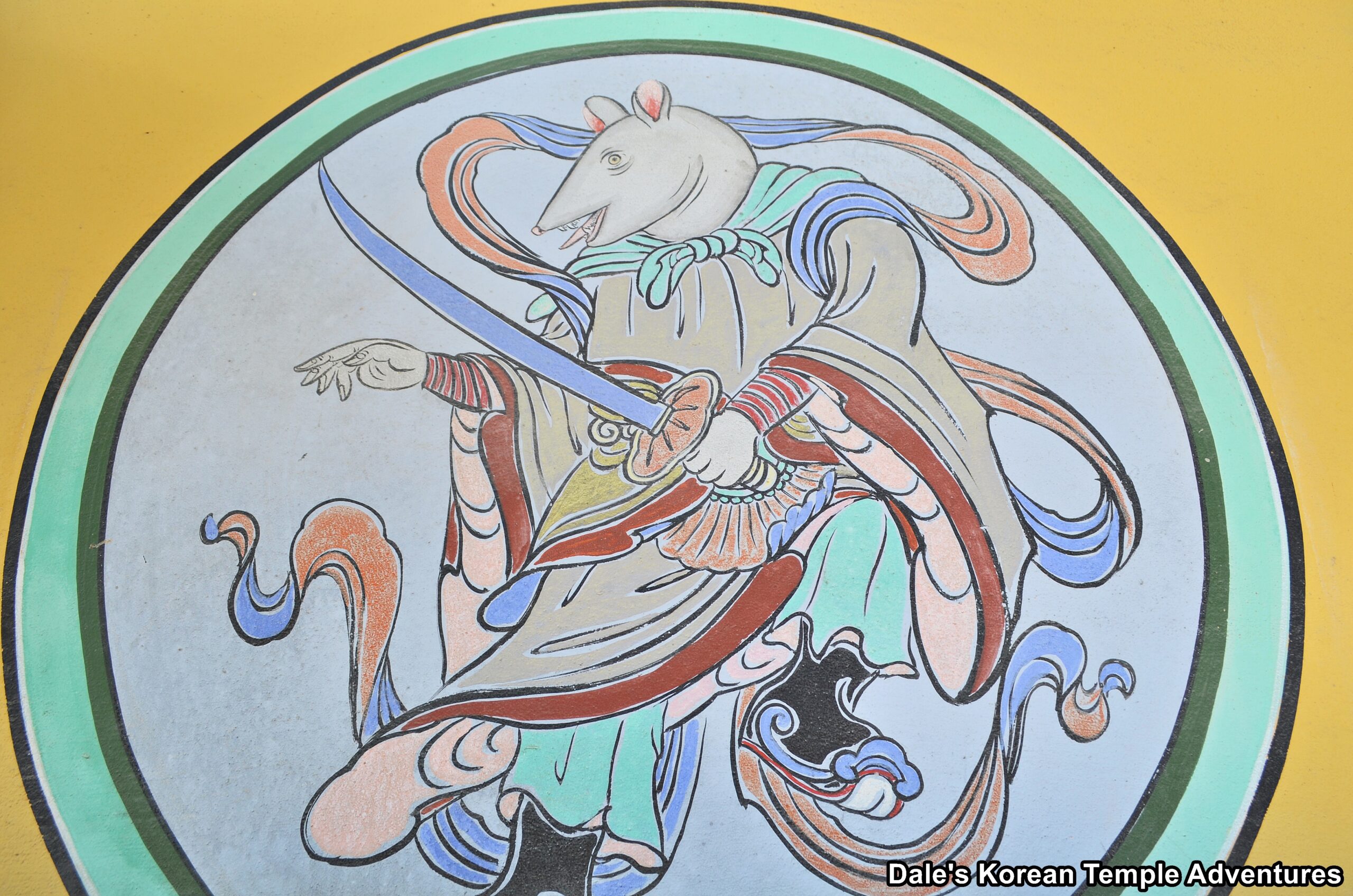 | Rat (north) | Gwanseeum-bosal (The Bodhisattva of Compassion) | 1912, 1924, 1936, 1948, 1960, 1972, 1984, 1996, 2008, 2020 |
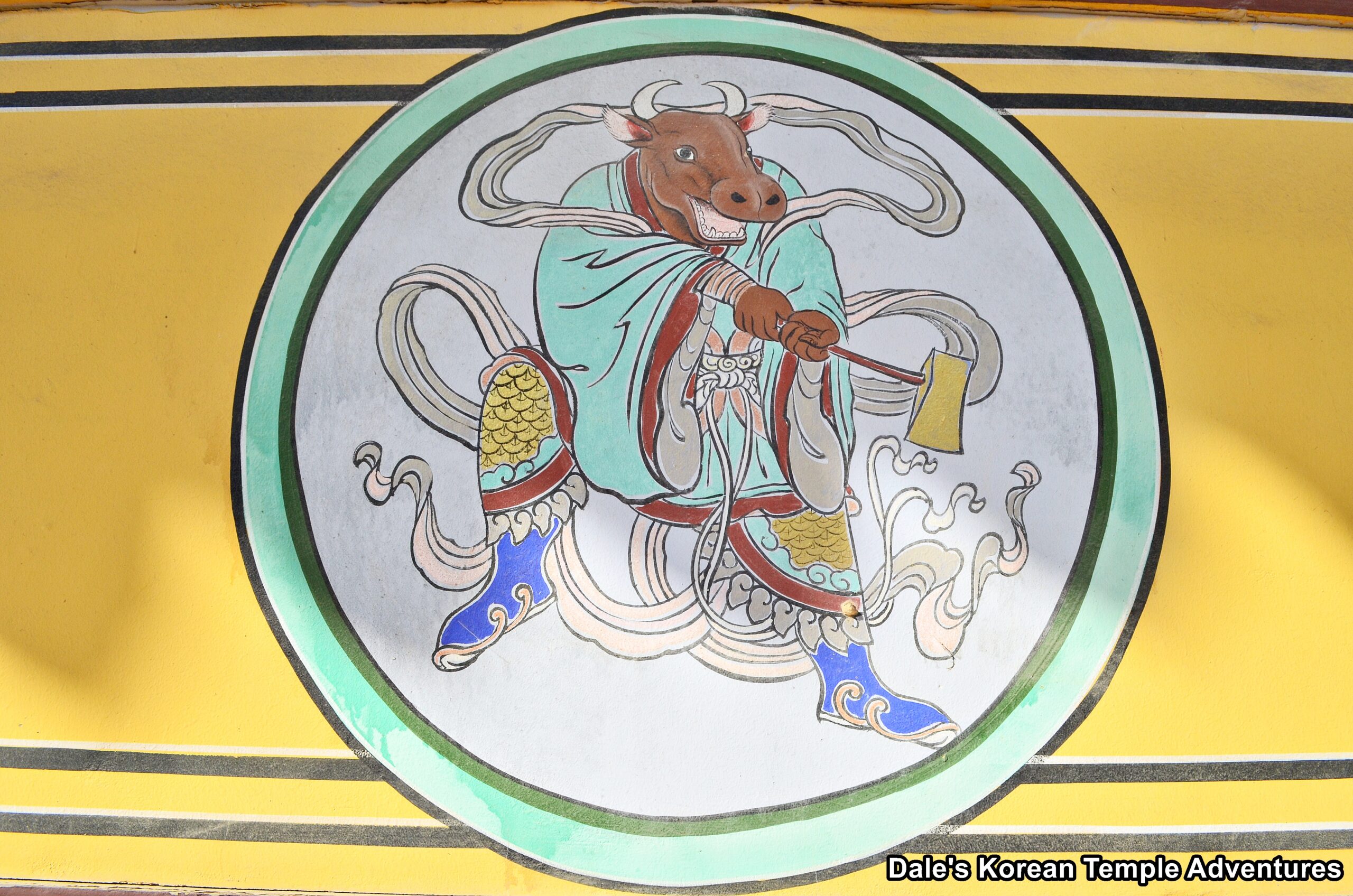 | Ox (north-east) | Heogongjang-bosal (Boundless Space Treasury Bodhisattva) | 1913, 1925, 1937, 1949, 1961, 1973, 1985, 1997, 2009, 2021 |
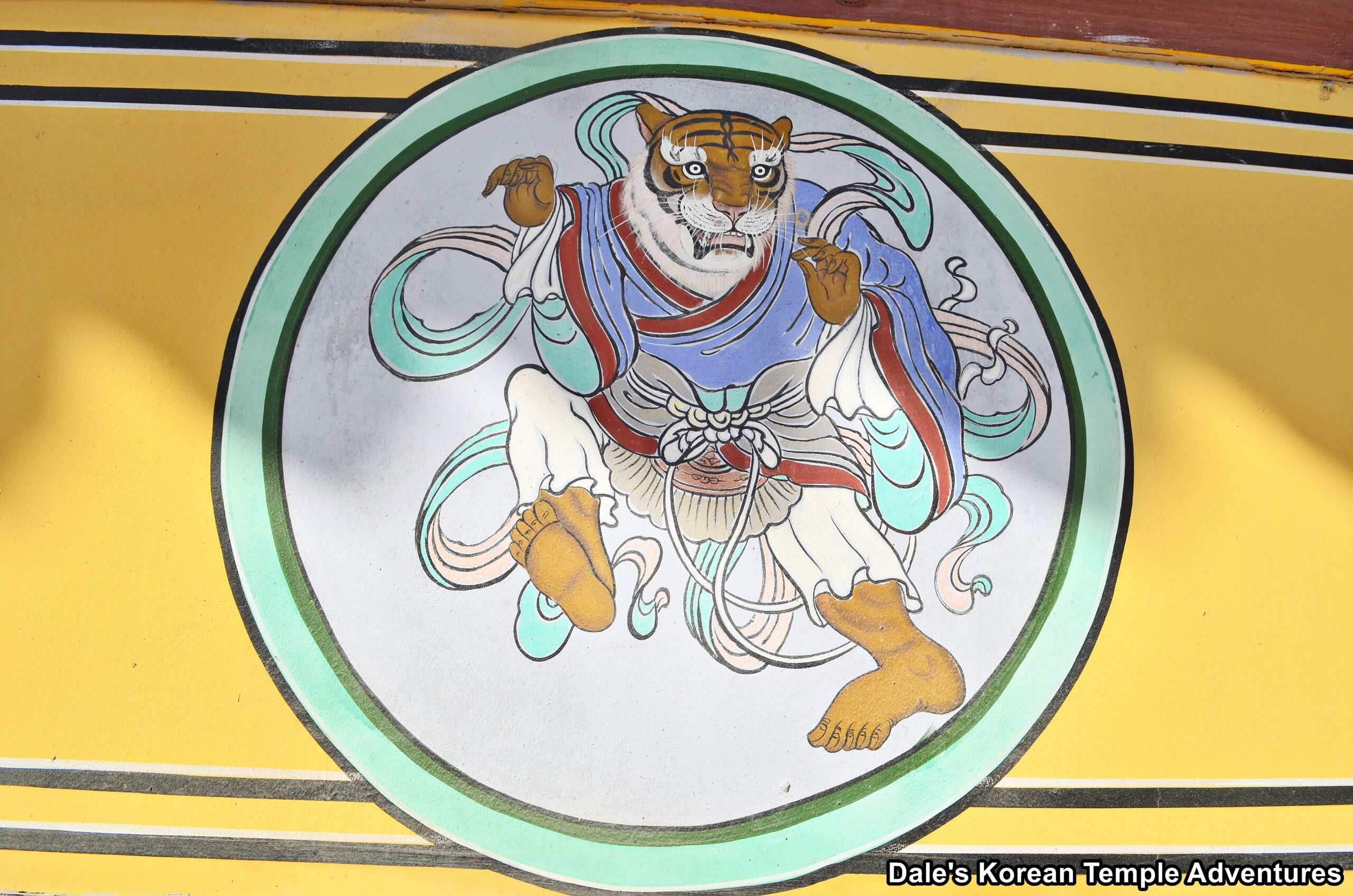 | Tiger (north-east) | Heogongjang-bosal (Boundless Space Treasury Bodhisattva) | 1914, 1926, 1938, 1950, 1962, 1974, 1986, 1998, 2010, 2022 |
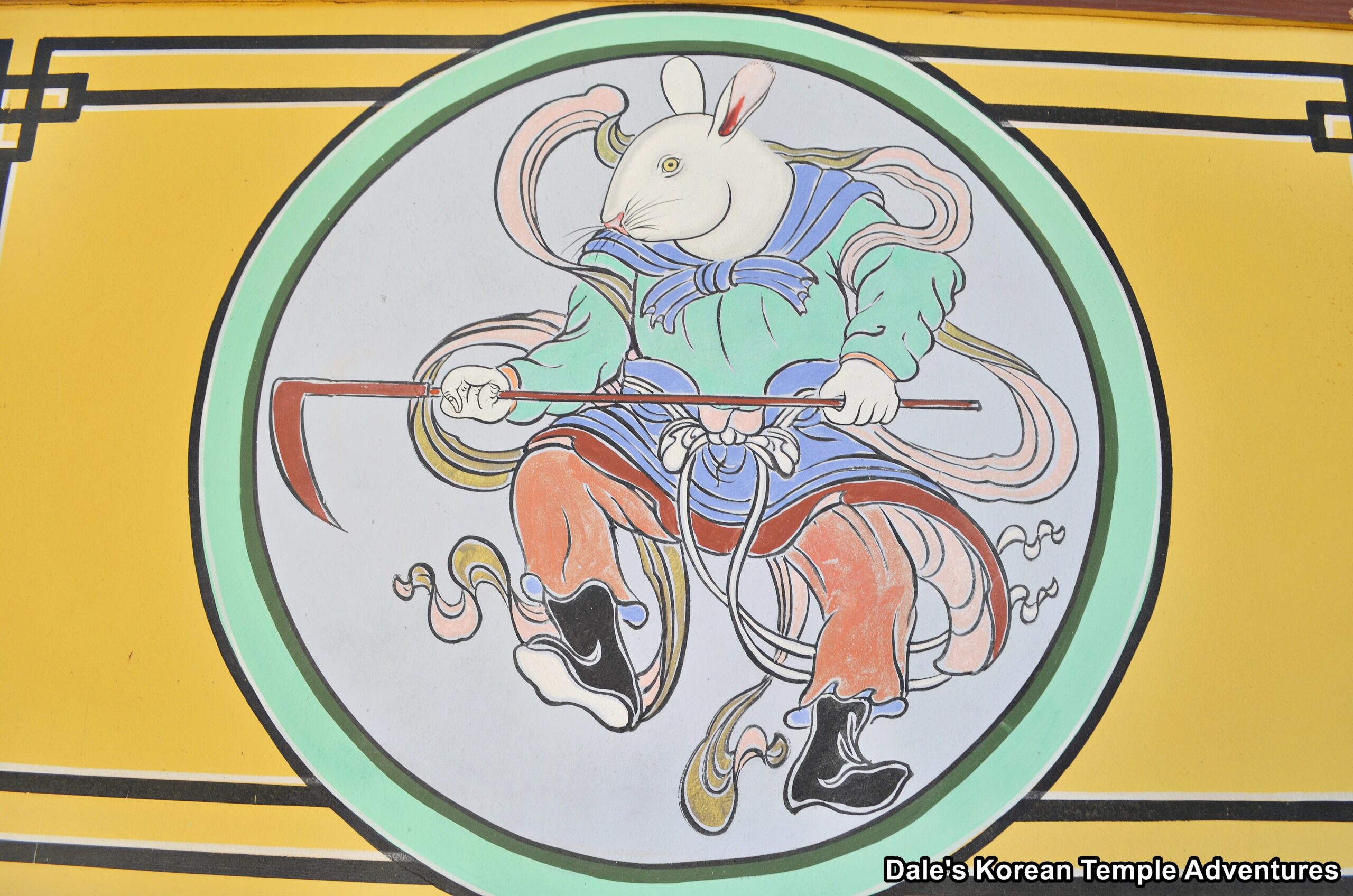 | Rabbit (east) | Munsu-bosal (The Bodhisattva of Wisdom) | 1915, 1927, 1939, 1951, 1963, 1975, 1987, 1999, 2011, 2023 |
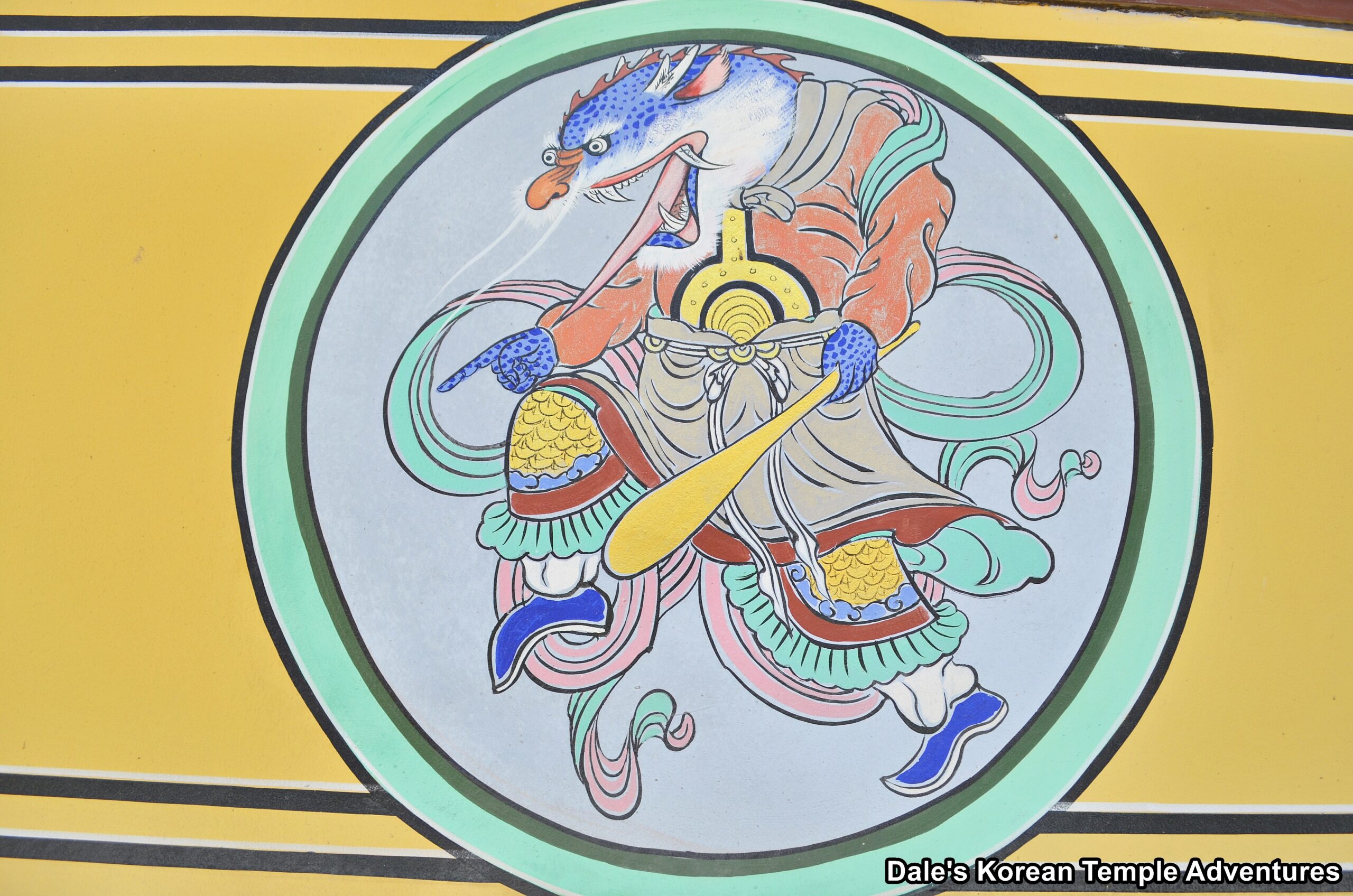 | Dragon (south-east) | Bohyeon-bosal (The Bodhisattva of Power) | 1916, 1928, 1940, 1952, 1964, 1976, 1988, 2000, 2012, 2024 |
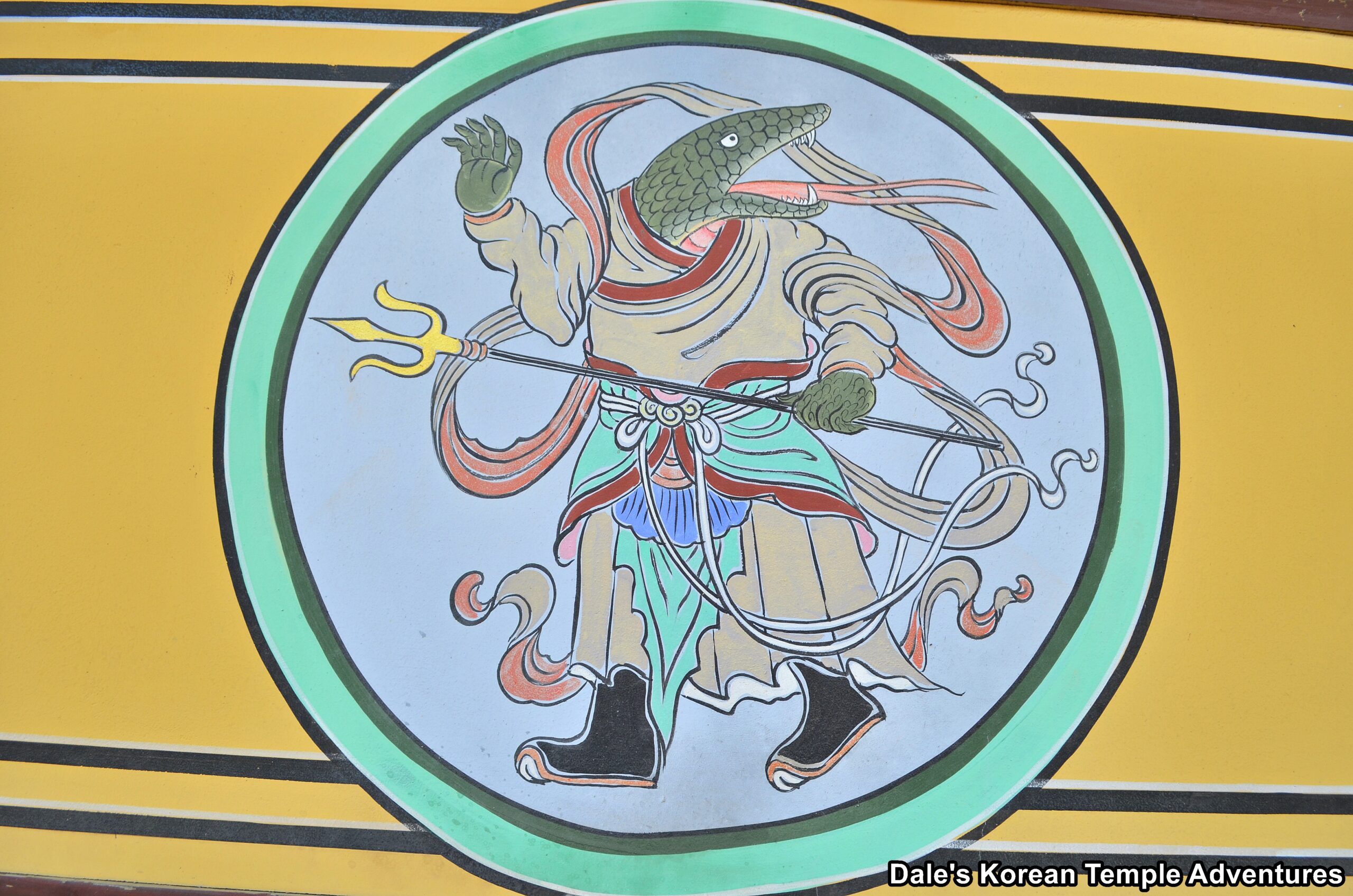 | Snake (south-east) | Bohyeon-bosal (The Bodhisattva of Power) | 1917, 1929, 1941, 1953, 1965, 1977, 1989, 2001, 2013, 2025 |
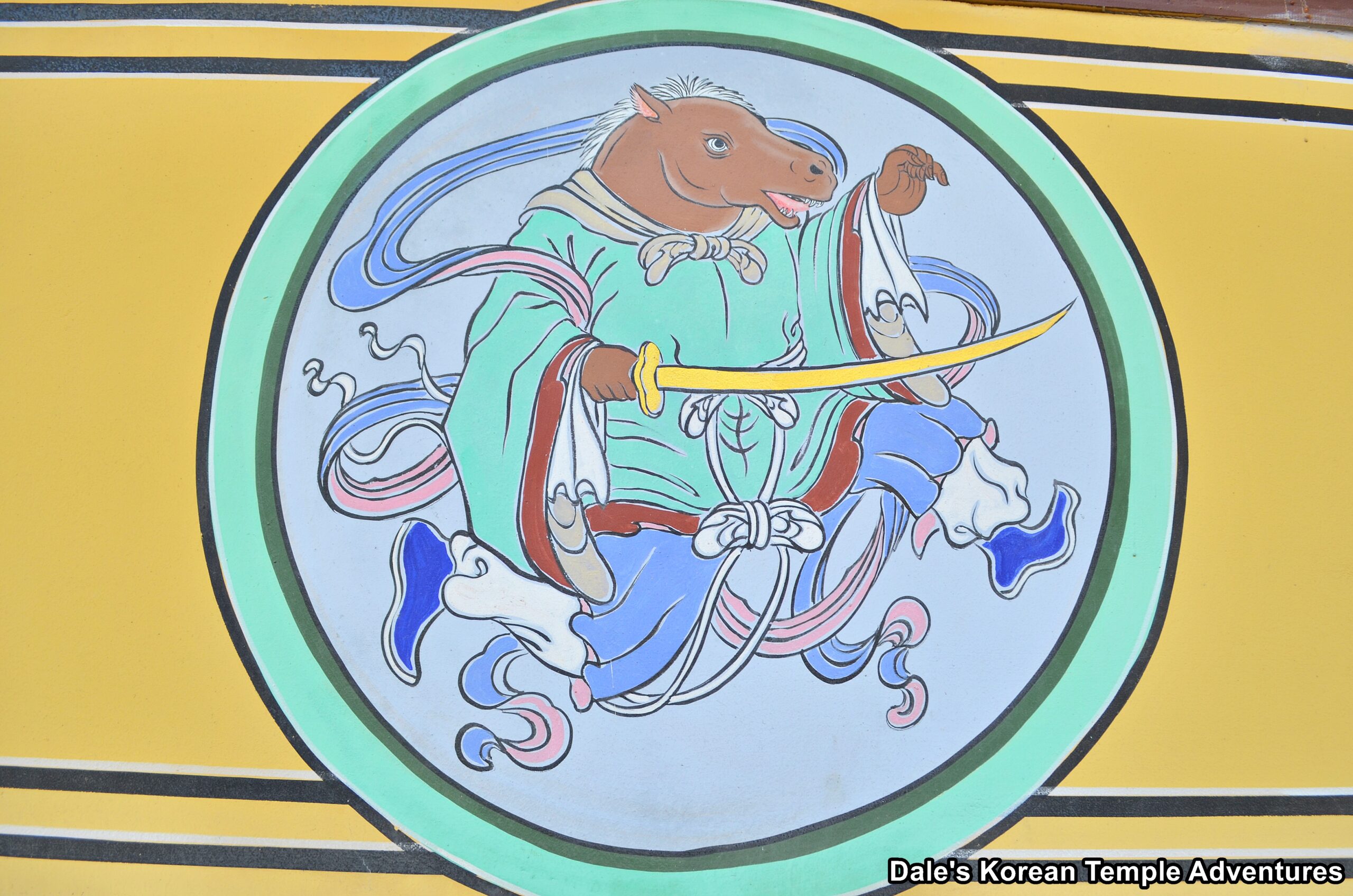 | Horse (east) | Daesaeji-bosal (The Bodhisattva of Wisdom and Power for Amita-bul) | 1918, 1930, 1942, 1954, 1966, 1978, 1990, 2002, 2014, 2026 |
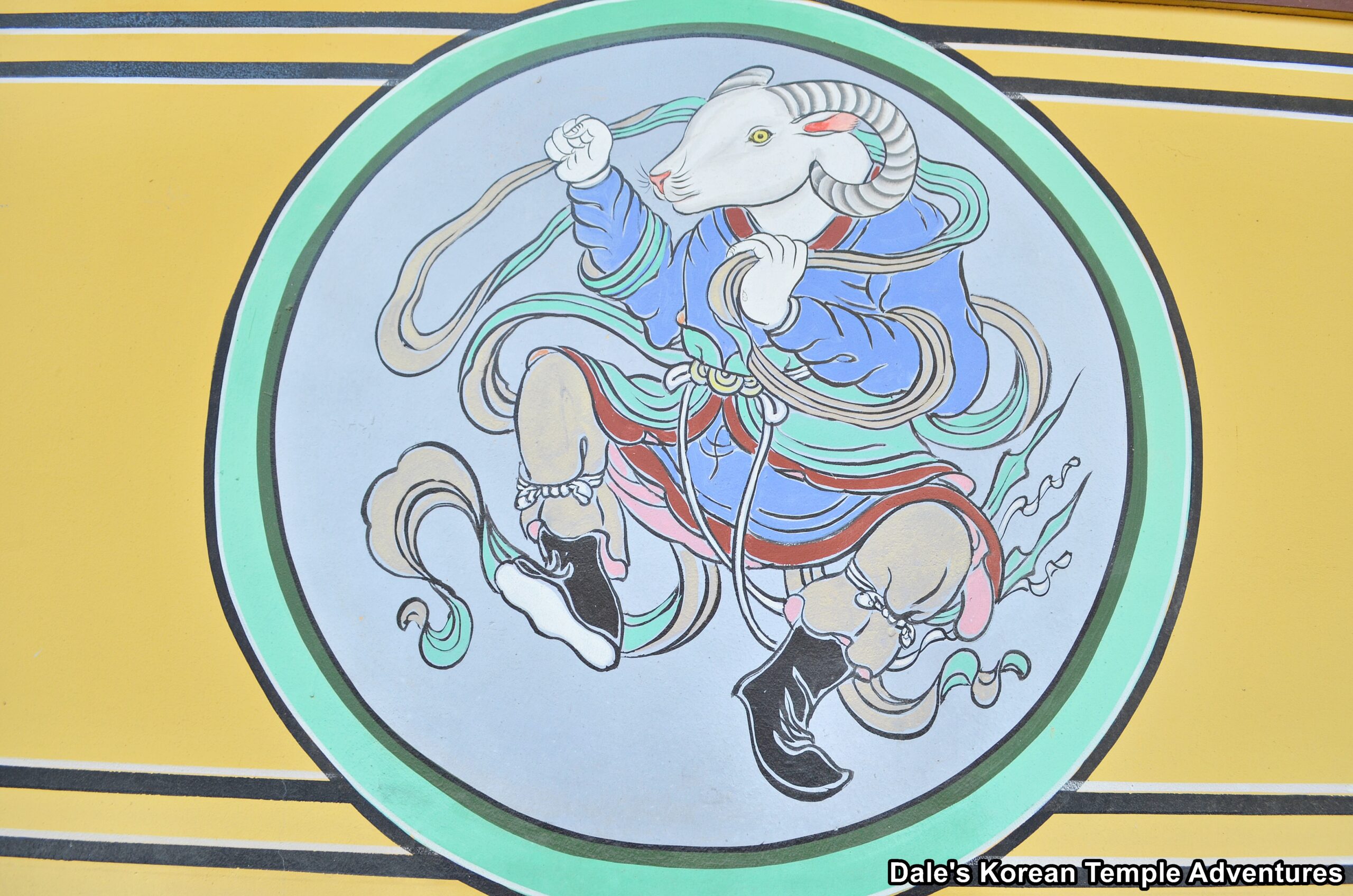 | Sheep (south-west) | Birojana-bul (The Buddha of Cosmic Energy) | 1919, 1931, 1943, 1955, 1967, 1979, 1991, 2003, 2015, 2027 |
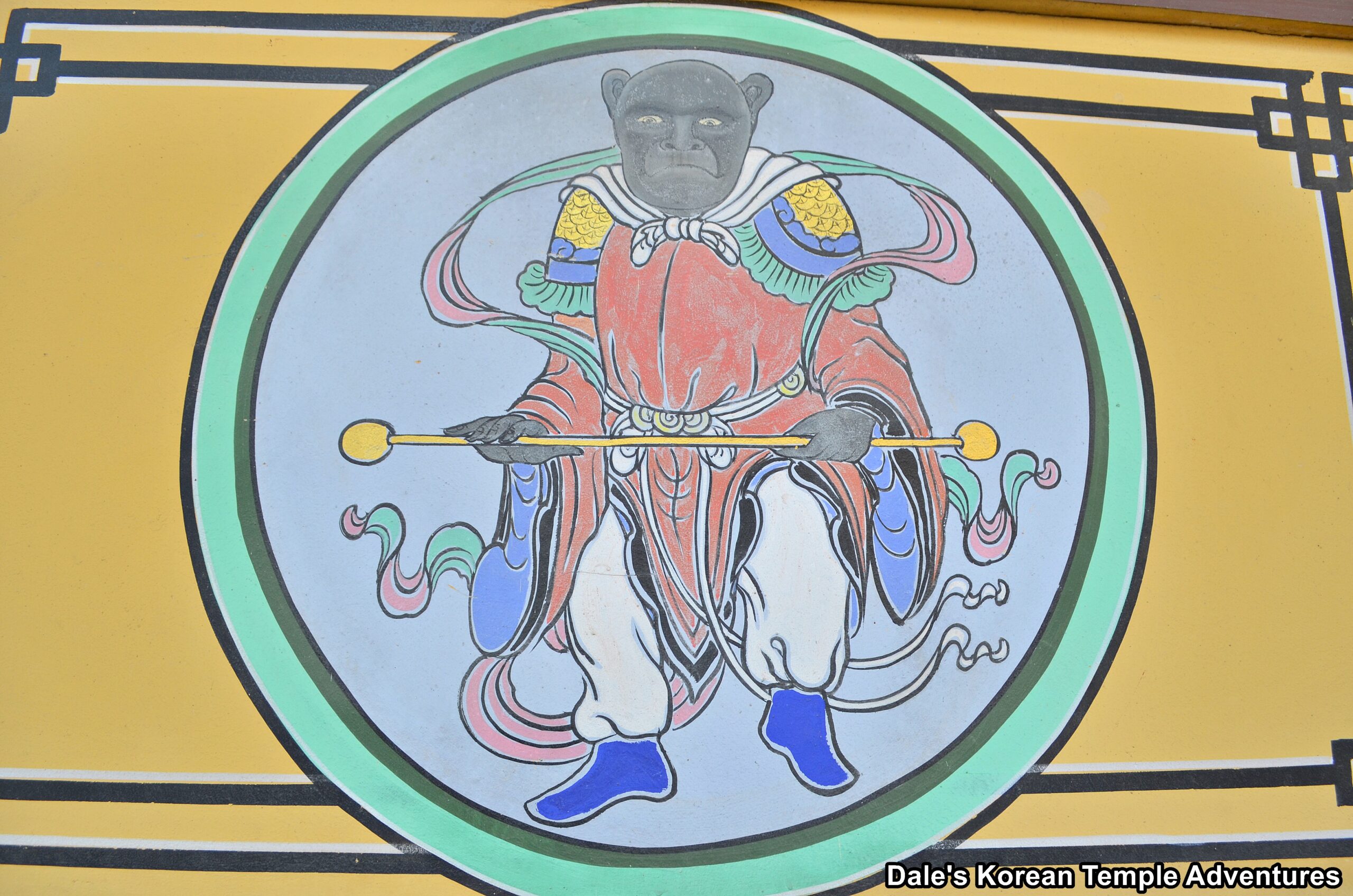 | Monkey (south-west) | Birojana-bul (The Buddha of Cosmic Energy) | 1920, 1932, 1944, 1956, 1968, 1980, 1992, 2004, 2016, 2028 |
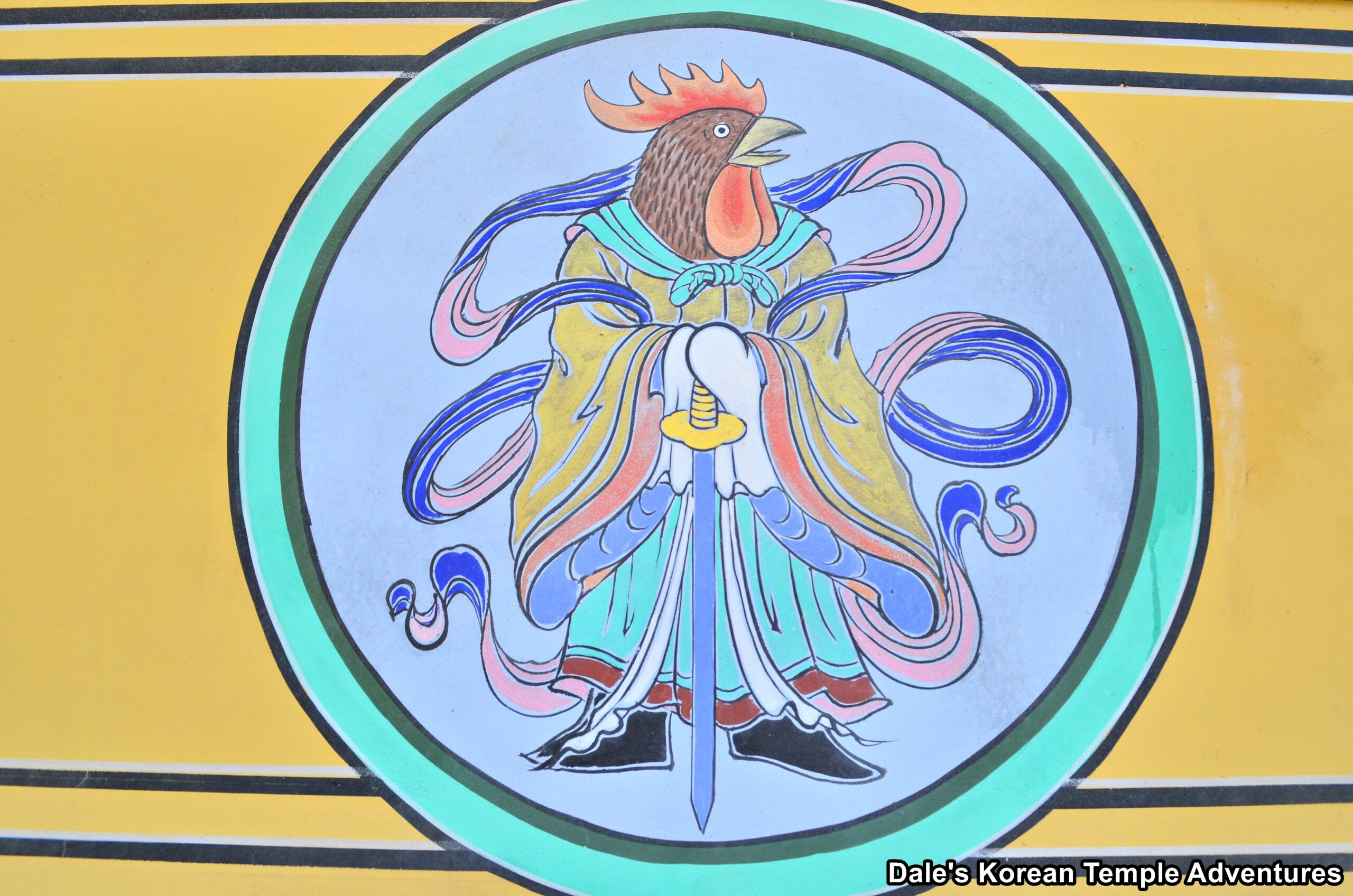 | Rooster (west) | Budong-myeongwang (The Immovable, Messenger of Birojana-bul) | 1921, 1933, 1945, 1957, 1969, 1981, 1993, 2005, 2017, 2029 |
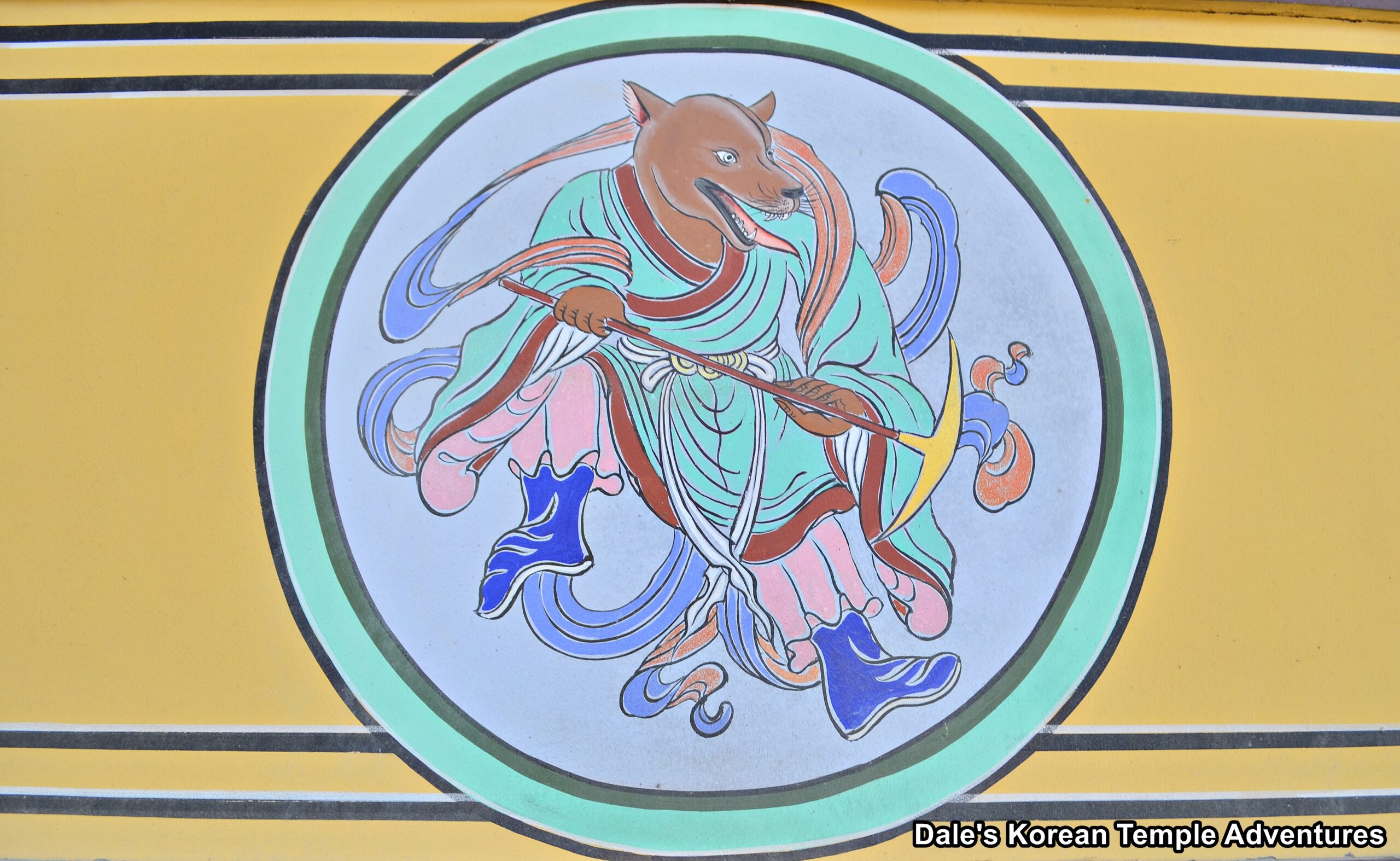 | Dog (north-west) | Amita-bul (The Buddha of the Western Paradise) | 1922, 1934, 1946, 1958, 1970, 1982, 1994, 2006, 2018, 2030 |
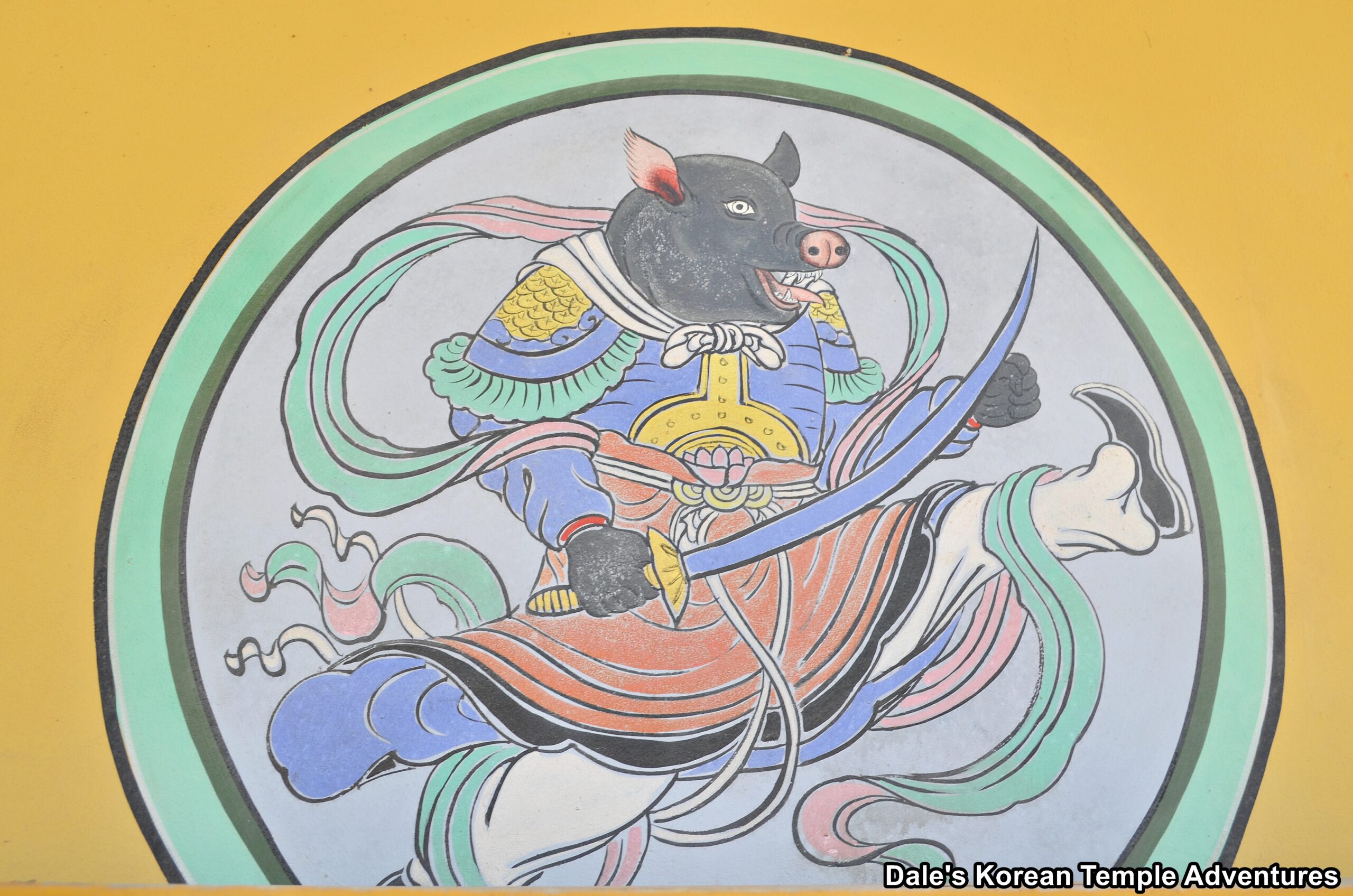 | Pig (north-west) | Amita-bul (The Buddha of the Western Paradise) | 1923, 1935, 1947, 1959, 1971, 1983, 1995, 2007, 2019, 2031 |
The Twelve Spirit Generals and Korean Buddhism
As for how this specifically pertains to Korean Buddhism, the Twelve Spirit Generals (The Zodiac animals), not only are they armed with physical power, but they are also armed with compassion and virtue through Yaksayeorae-bul (The Medicine Buddha, and the Buddha of the Eastern Paradise). In Korean Buddhism, the Twelve Spirit Generals are, in fact, depicted as incarnations of the teachings of Yaksayeorae-bul. Because Yaksayeorae-bul isn’t just the Medicine Buddha, but he’s also the Buddha of the Eastern Paradise, Yaksayeorae-bul is also committed to relieving humans from suffering, pain, and disease. In addition to relieving people’s pain, Yaksayeorae-bul is also committed to helping people overcome their ignorance on their road to enlightenment. That’s why Yaksayeorae-bul promised to fulfill the Twelve Great Vows. These vows are:
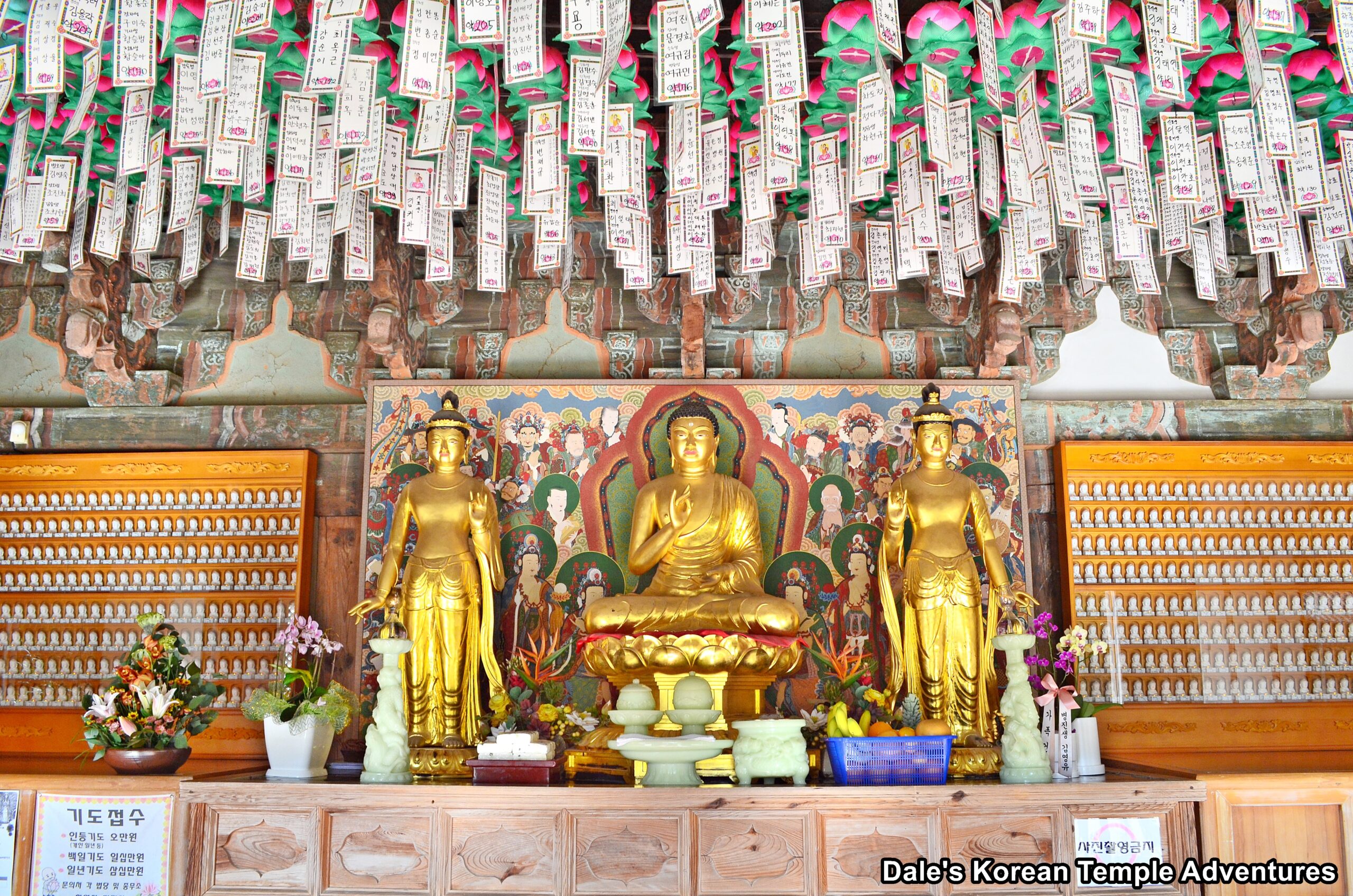
1. I vow to radiate brilliant light on myself and all beings in this infinite and boundless world.
2. I vow to make my body like pure crystal, brightening up the world and enlightening all beings.
3. I vow to grant all sentient beings with the inexhaustible things they require.
4. I vow to lead those who have gone astray back to the Mahayana path.
5. I vow to enable all sentient beings to observe the “three sets of pure precepts” for spiritual purity and moral conduct.
6. I vow to restore the bodies of the physically disabled.
7. I vow to relieve all physical and mental pain and enable the attainment of the “supreme enlightenment.”
8. I vow to help women become men in their new rebirth.
9. I vow to free all beings from the entrapments of false teachings so that they will walk the Buddha way.
10. I vow to save those in prison and the victims of tyrants and evil.
11. I vow to save all sentient beings who suffer from starvation and thirst.
12. I vow to provide beautiful clothes to those too poor to afford them.
From these promises, Yaksayeorae-bul directed the Twelve Spirit Generals to uphold the vows that he had given. So not only do these fierce figures guard Korean Buddhist temples, but they are also teachers.
What Do They Look Like?
So what exactly do the Twelve Spirit Generals look like? Well, they have one of the twelve Zodiac animal faces, and they have human bodies. These human bodies are covered in armour or the robe of an aristocrat. In addition to the armour they wear, the twelve are usually shown carrying a weapon of some sort. These weapons help to highlight the role that these Twelve Spirit Generals have in protecting the Buddha’s teachings, the land, and all sentient beings from misguided ideas and beliefs.
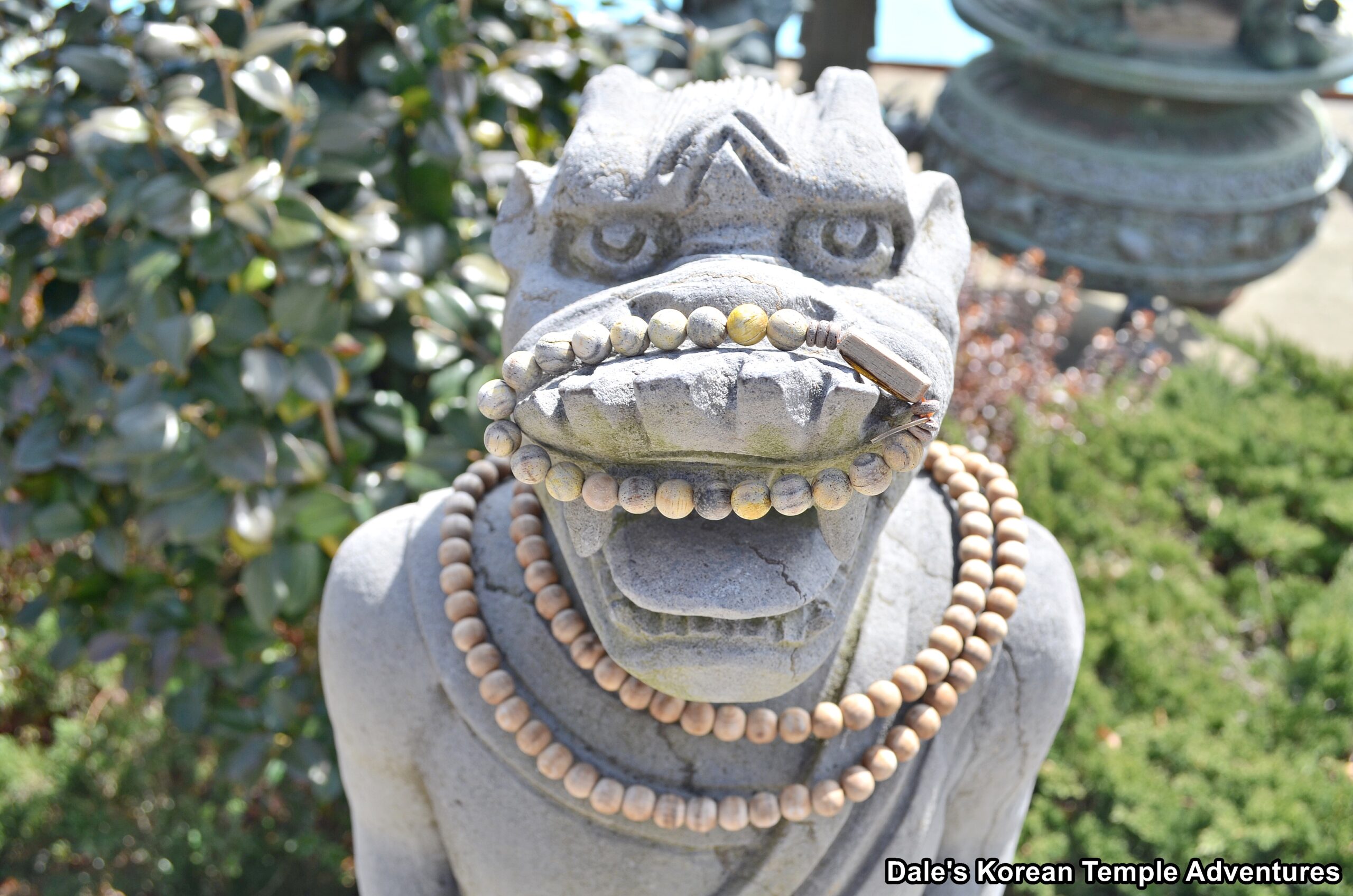
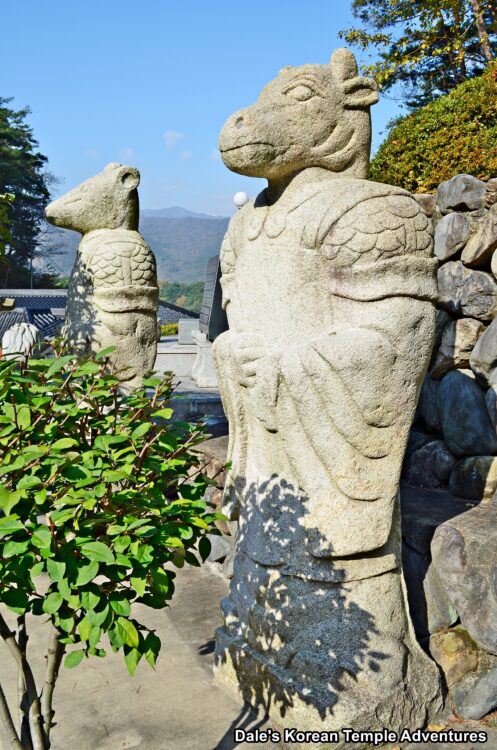
Where to Find the Twelve Spirit Generals at Korean Temples
There are numerous places that you can find the Twelve Spirit Generals at a Korean Buddhist temple. One of these locations, especially when you first approach the temple grounds, is twelve statues forming fierce poses. Like all forms of the twelve figures, they have human bodies and one of the Zodiac animal faces. Located where they are, they act as protectors of the Buddha’s teachings at the temple. Great examples of these statues can be found at Haedong Yonggungsa Temple in Gijang-gun, Busan, and Yongjusa Temple in Yangsan, Gyeongsangnam-do.
Another way that the Twelve Spirit Generals can manifest is in paintings. These paintings can appear either inside or outside temple shrine halls. A great example of this can be found around the main hall at Seonjisa Temple in Gimhae, Gyeongsangnam-do. Here, they Twelve Spirit Generals act as protectors of both the Buddha and the Nahan around the Yeongsan-jeon Hall at Seonjisa Temple.
And yet another place that you can find these twelve teachers and protectors is adorning a temple pagoda. The twelve will typically appear around the base of the pagoda with three figures on each of the four sides of the pagoda. In this example, the Twelve Spirit Generals act as either a protector of the Buddha’s remains that are traditionally housed inside a pagoda, or they act as a beacon for the teachings of the Buddha to shine forth into the world. One of the finest examples of this incarnation can be found at Samgwangsa Temple in Busanjin-gu, Busan.
The three examples above certainly don’t exhaust the different forms that the Twelve Spirit Generals can take at a Korean Buddhist temple. In fact, these twelve teachers and protectors can appear nearly anywhere at a Korean Buddhist temple.
Conclusion
So the next time you’re at a Korean Buddhist temple or hermitage, and you see the set of Zodiac animals, know that the Twelve Spirit Generals are there not only to protect the Buddha’s teachings, but they’re fulfilling the vows that Yaksayeorae-bul made to help assist sentient beings.
